Tags
ABAA, California, Carol Sandberg, Francis Bacon, J. Willard Marriott Library, John Windle, Los Angeles, Lou Weinstein, Michael R Thompson, Michael R. Thompson Rare Books, rare books

“We have only this moment, sparkling like a star in our hand — and melting like a snowflake…” — Francis Bacon
Rare Books lost a dear friend.
Michael R. Thompson, owner of Michael R. Thompson Rare Books based in Los Angeles, California, died Friday evening. We will miss his friendship very much. Our heart goes out to his beloved daughter, grandchildren (“best grandkids in the world”), and family, and his faithful friend and business partner, Carol Sandberg.
Michael was a dedicated antiquarian whose passion for and knowledge of all things old books was legendary. His warmth, honesty, and generosity will never be forgotten.
Over many years, Michael provided the J. Willard Marriott Library’s rare book collections with innumerable treasures. Michael was a key player working with library staff in 1968, when the Marriott family bestowed a generous gift toward building a world-class rare book collection. Many of the science books we have featured on this blog are ours because of Michael’s hard work and enthusiasm for this project.
Michael had a keen capacity for listening to Marriott Library curators, finding gems that added breadth to our ability to offer topic-specific hands-on experiences for students, faculty and community members. From incunabula to science to fine press to women’s studies to artists’ books to book collecting to philosophy (his favorite) to seventeenth-century classics to eighteenth- and nineteenth-century literature, Michael provided depth to our collections. He was tenacious in representing not just ancient tomes but the work of some of the best presses today.
Michael delighted in hearing how the books he found for us were used and how thrilled our students were to hold these books. These books will be held by many hands to come and Michael’s legacy, whether those hands know it or not, will always be a part of that experience.
Michael was responsible for the donation of several key pieces to our collections. If you search “anonymous” in this blog, much of what you see is here because of him.
I learned a lot from Michael. He was a fount of knowledge without pretension, told great stories, had a terrific sense of humor, an infectious laugh, and kept me going when I felt discouraged. Michael was intrepid, both in selling books he knew we should have and in belief in life at its best. His friendship inspired me in all sorts of ways. I cherished his sympathetic ear and his kind, encouraging words, delivered in his gruff, gravelly voice.
Francis Bacon wrote, “There are two ways of spreading light..to be the candle or the mirror that reflects it.” Michael was both.
Memory eternal.
~~Luise Poulton, Managing Curator and Head of Department, Rare Books
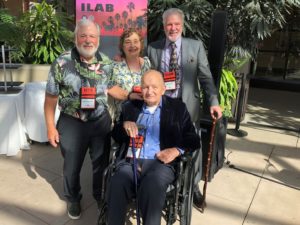
Good friends: Michael Thompson, Lou Weinstein, Carol Sandberg, John Windle
Michael R. Thompson talks about bookselling in 2014.
From David Mason Books, August 14
A tribute to Michael from Bruce Whiteman, Clark Head Librarian Emeritus, UCLA, posted August 16th.
From And Now We Are Five, August 25
From Tavistock Books, August 29
From Bruce McKinney, Rare Books Hub, September newsletter.
From Rollin Milroy, Heavenly Monkey, September 3, 2018.

Michael’s memorial at the Clark Library, August 25, 2018

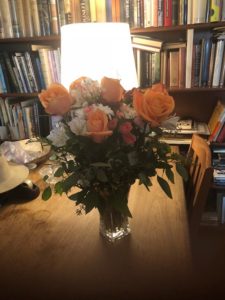
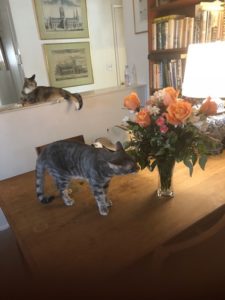
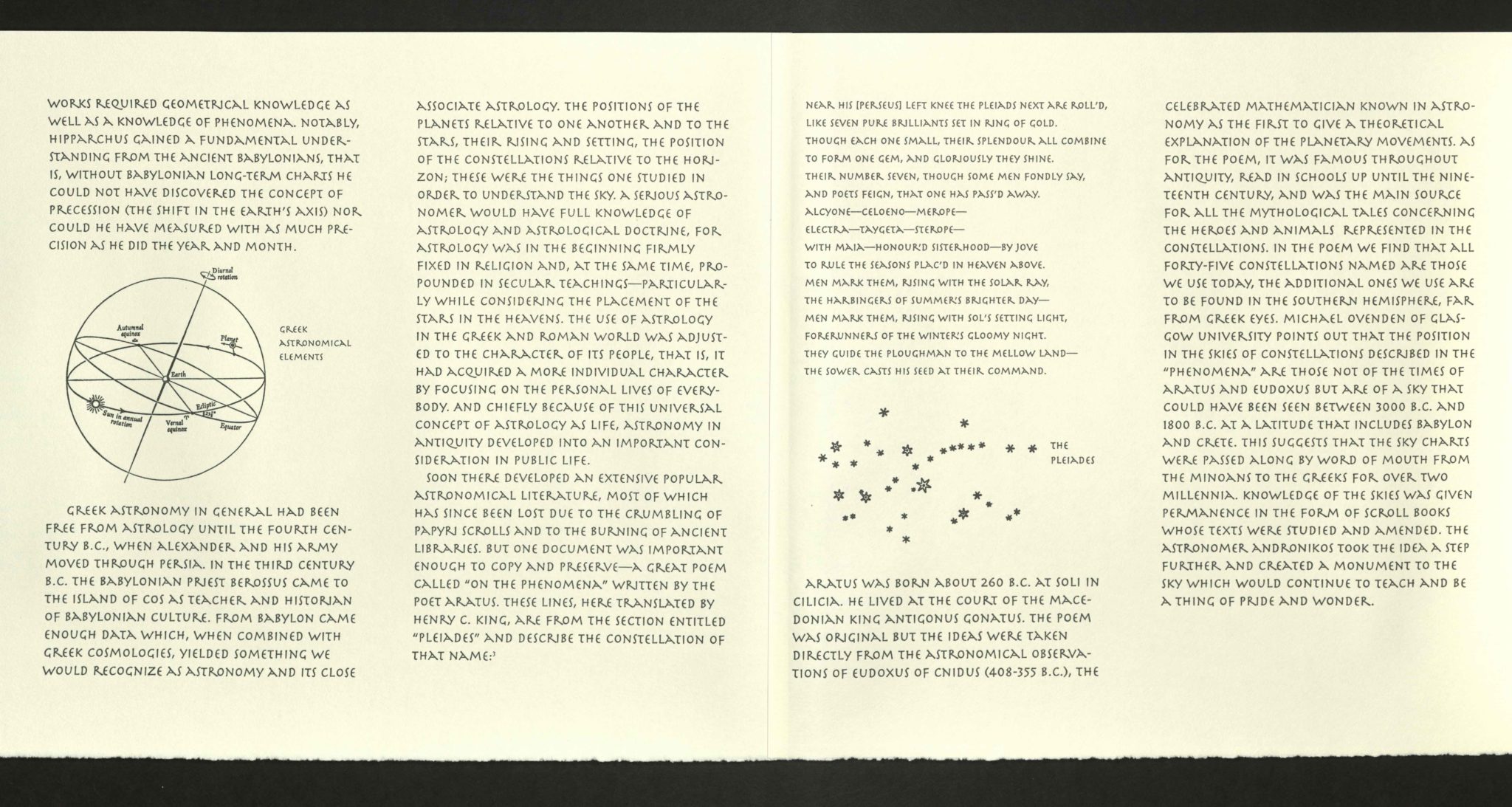
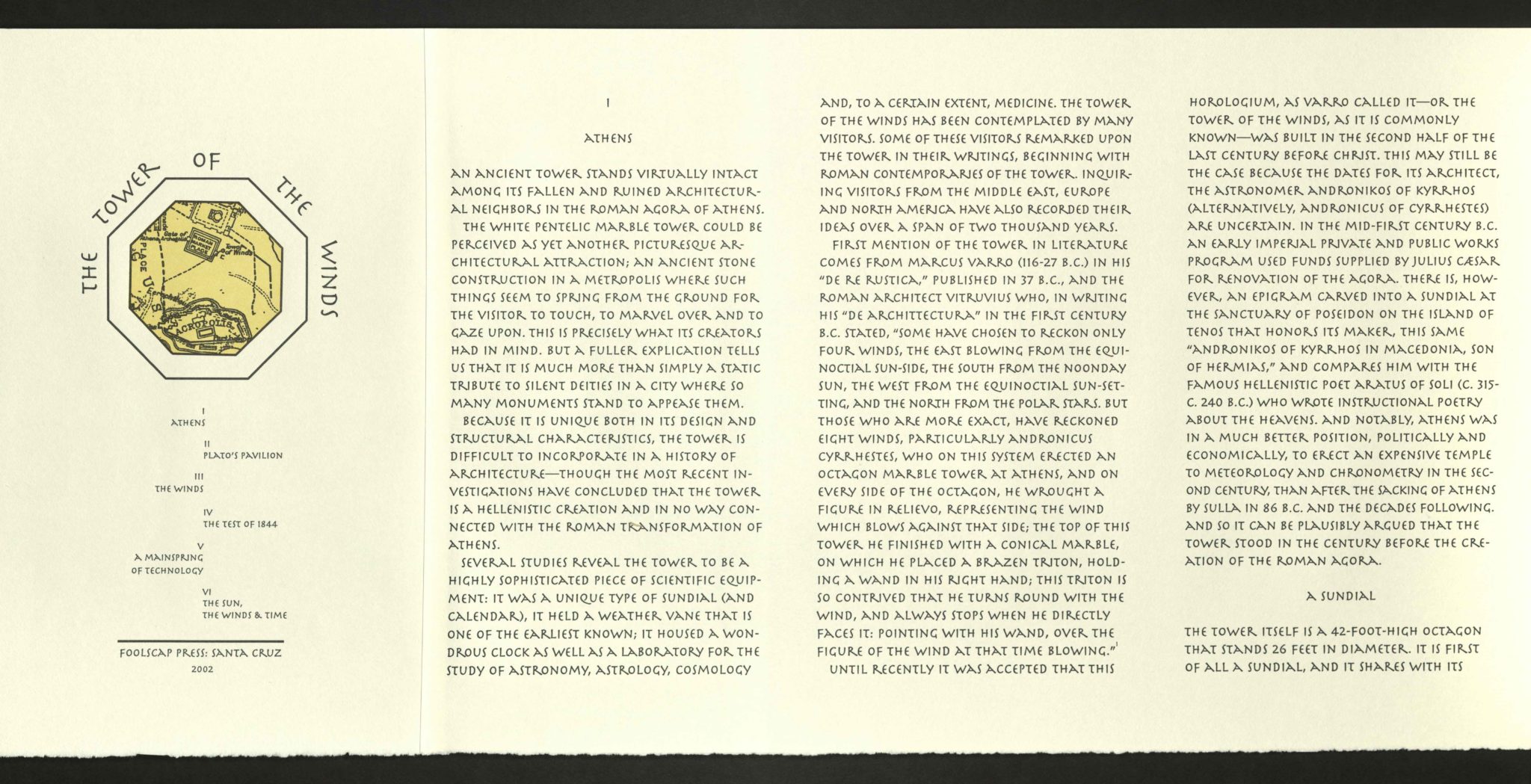
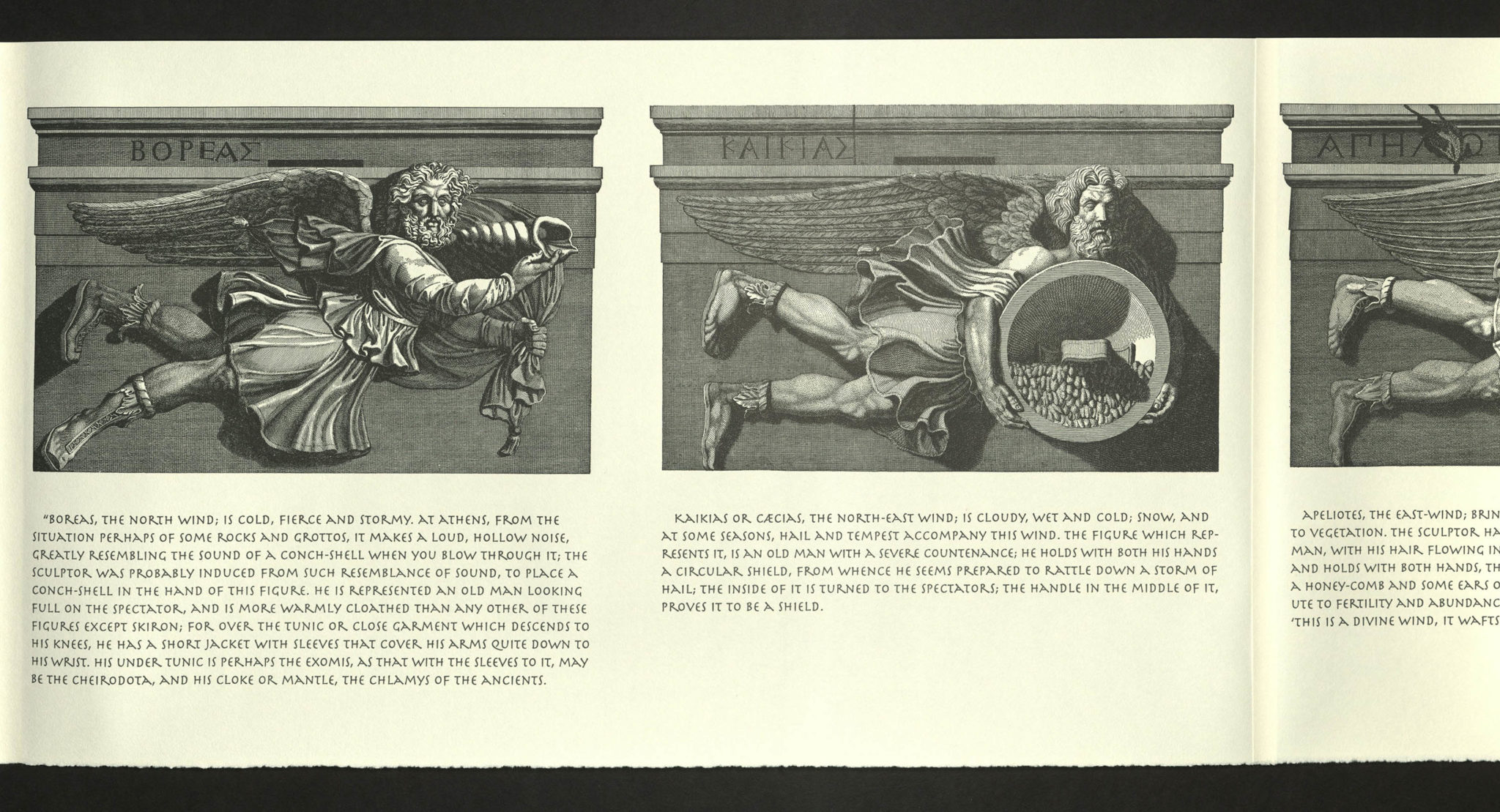
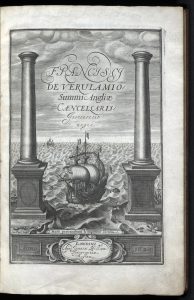
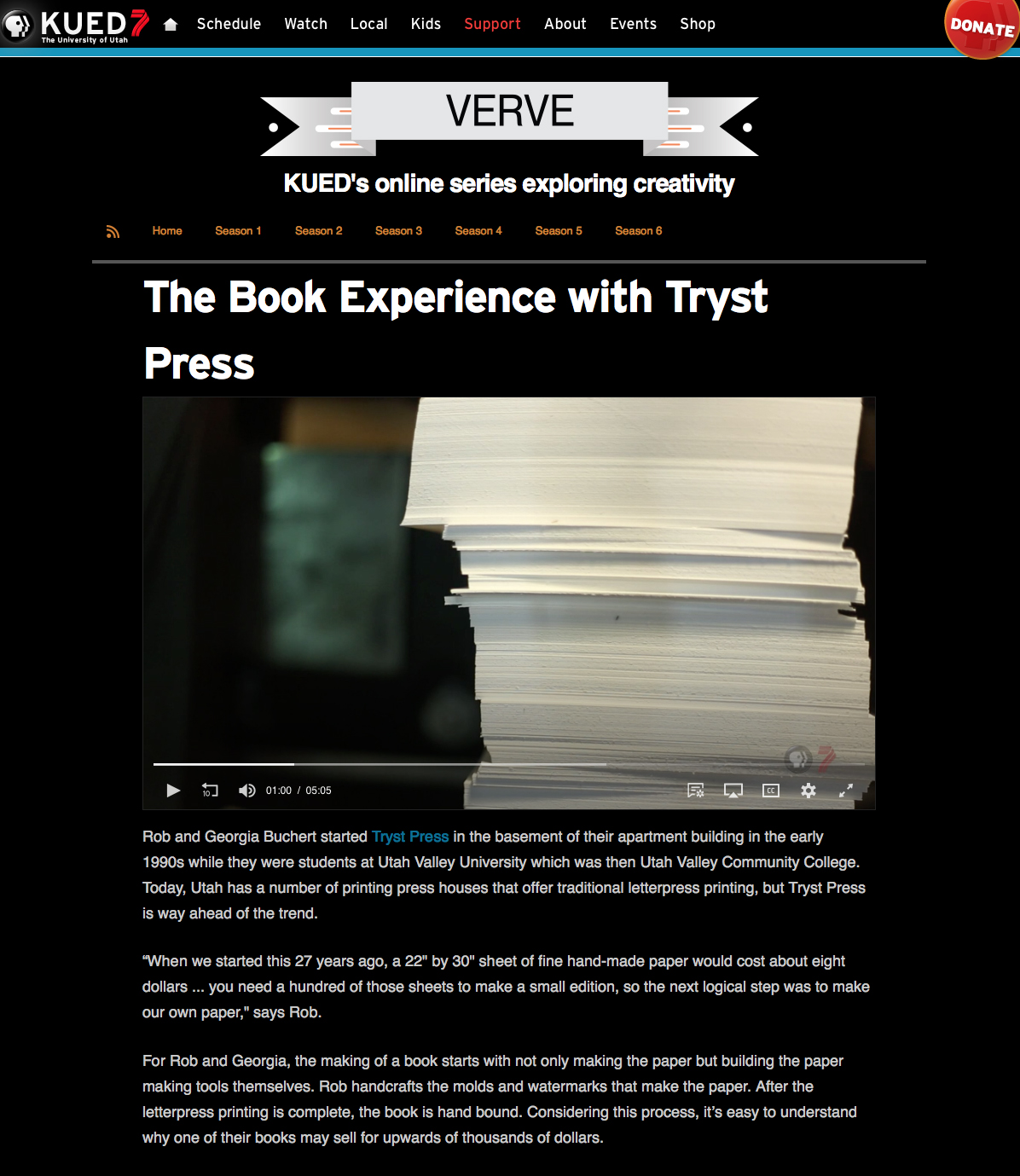
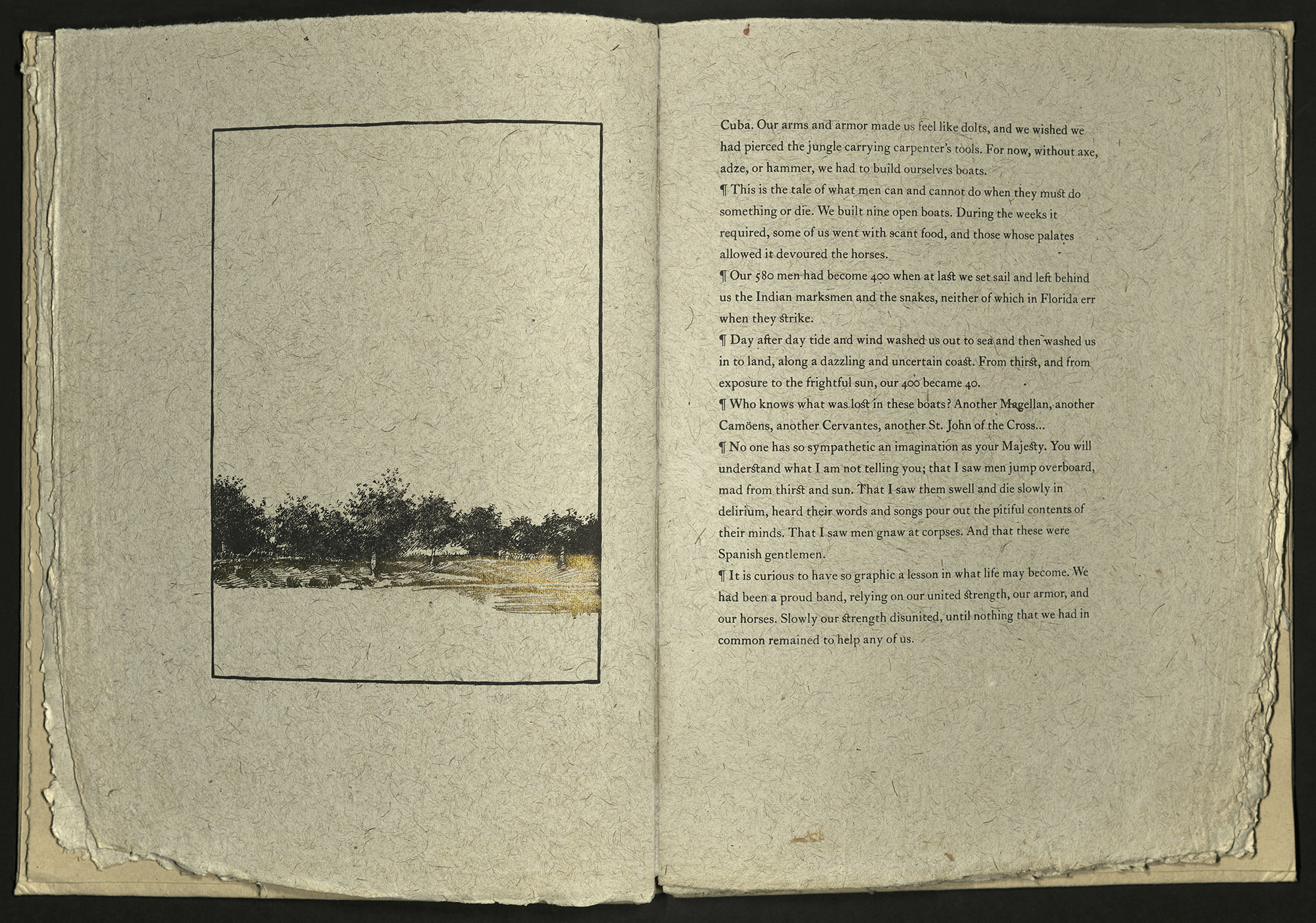
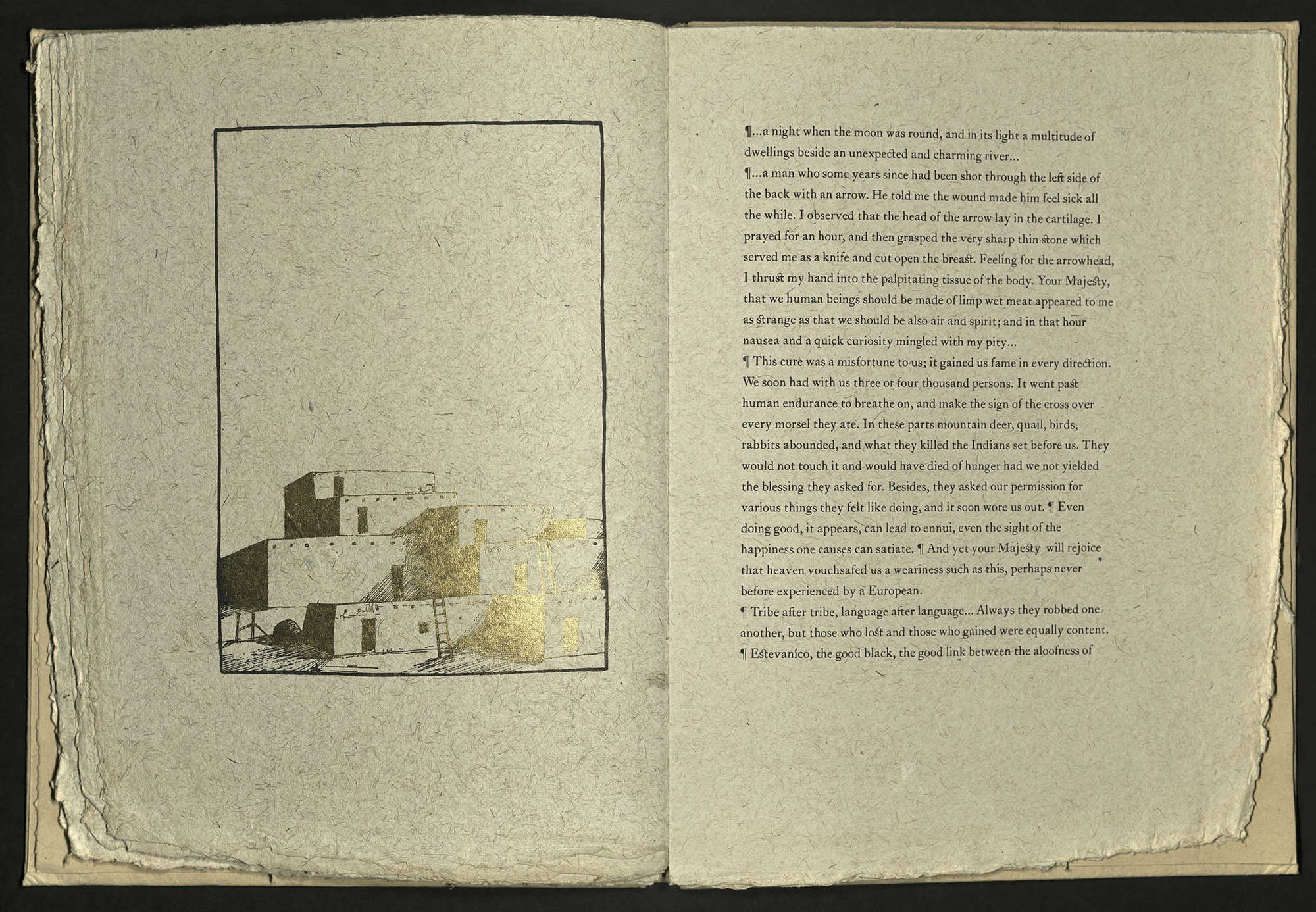
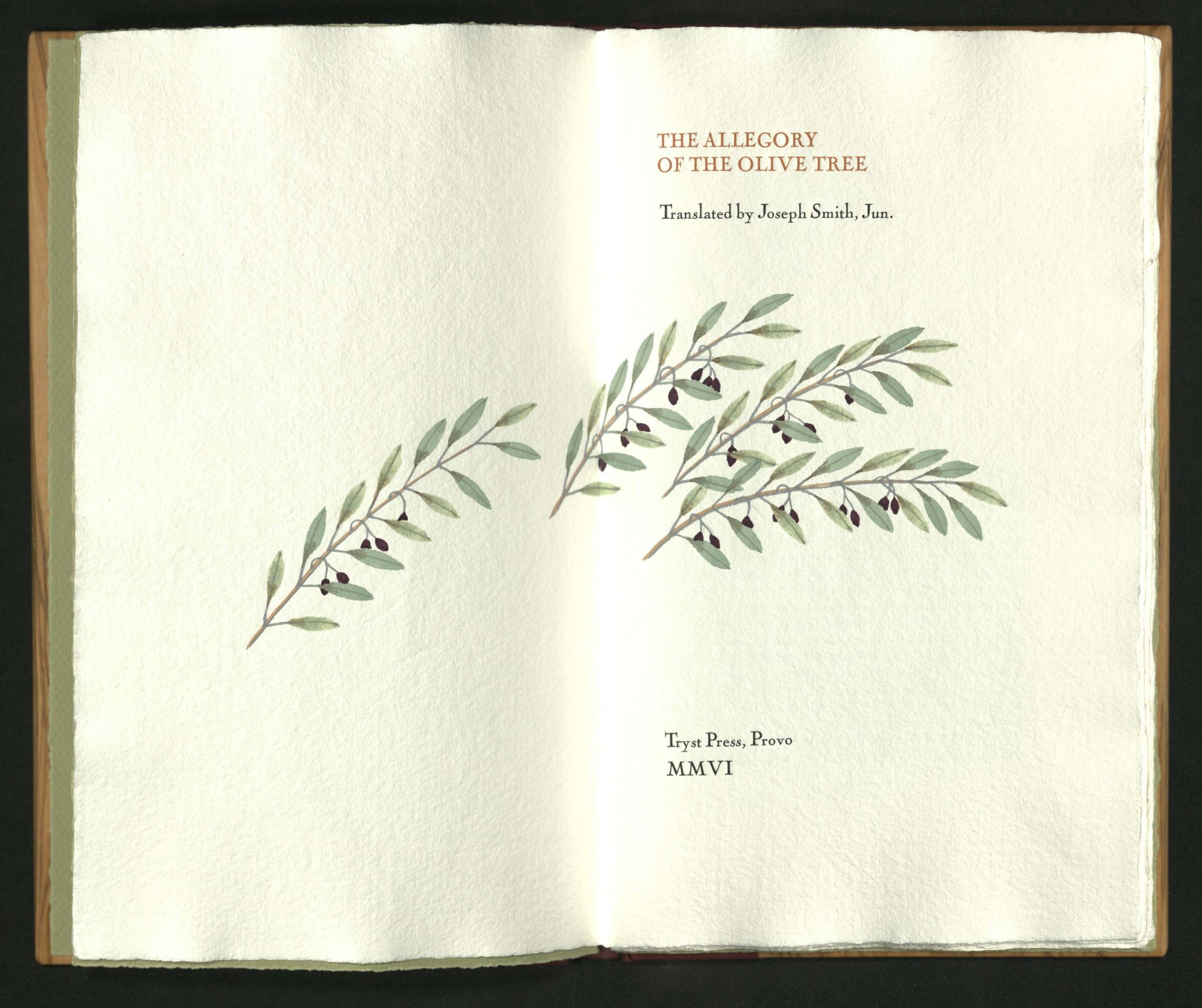
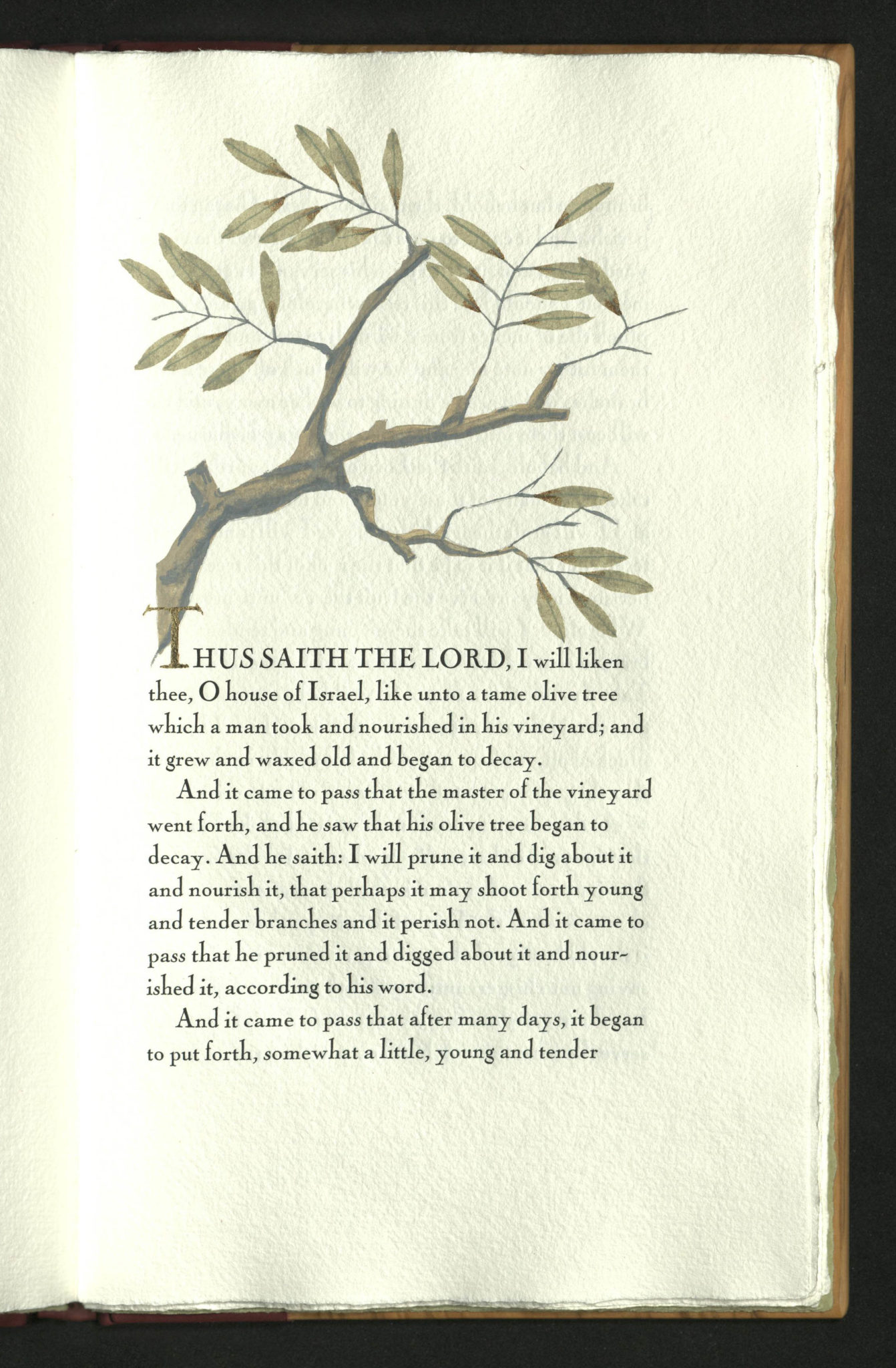
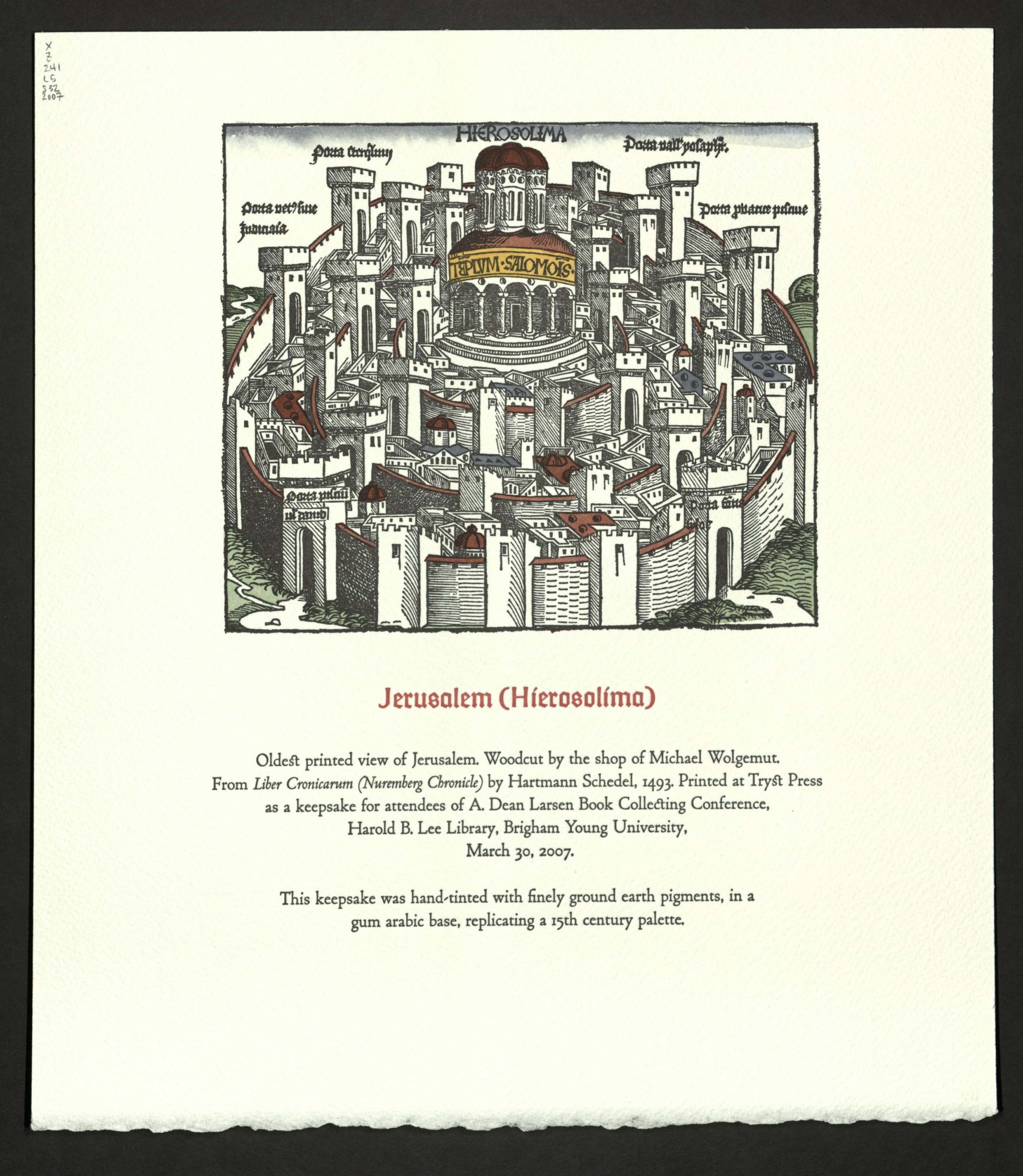
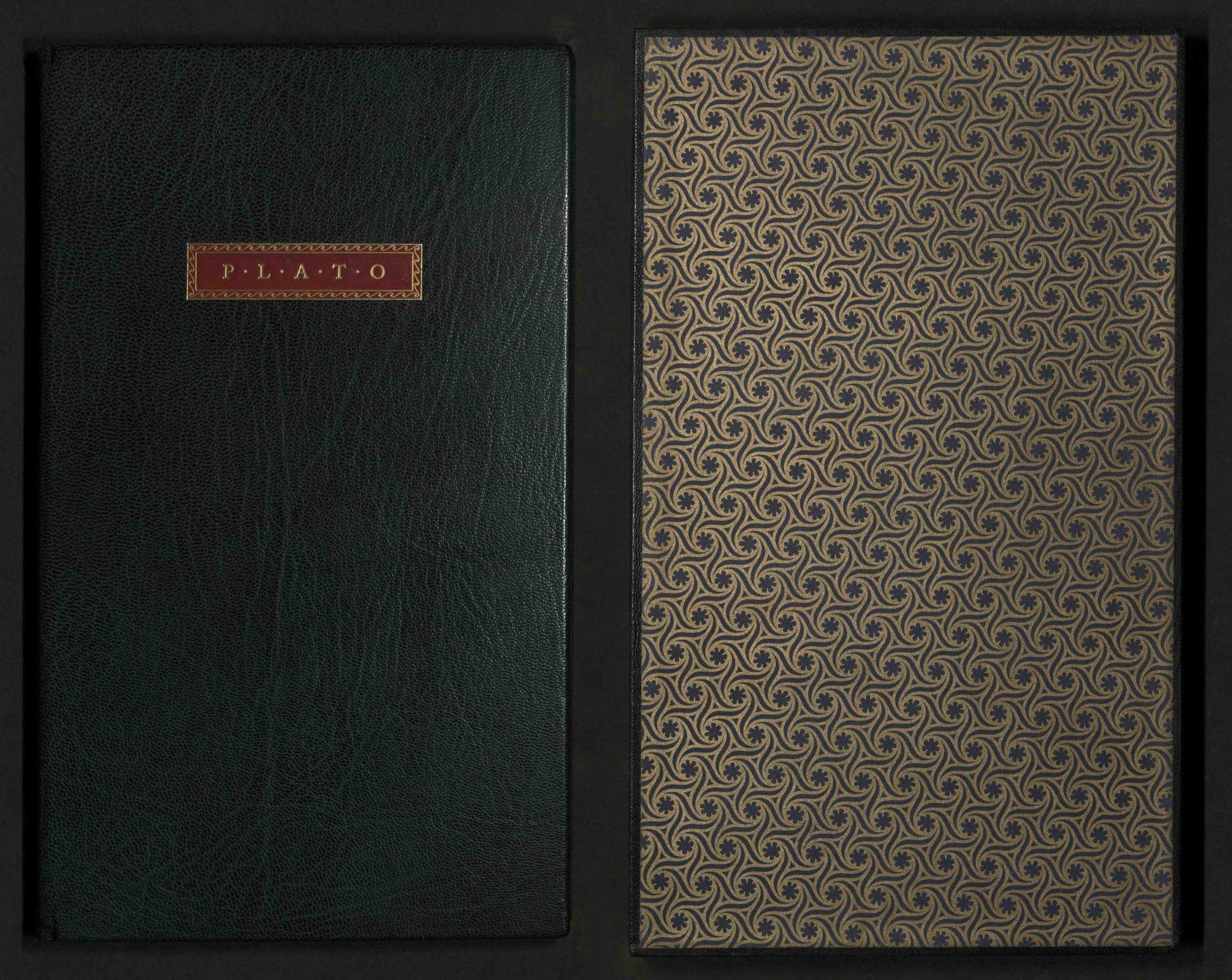
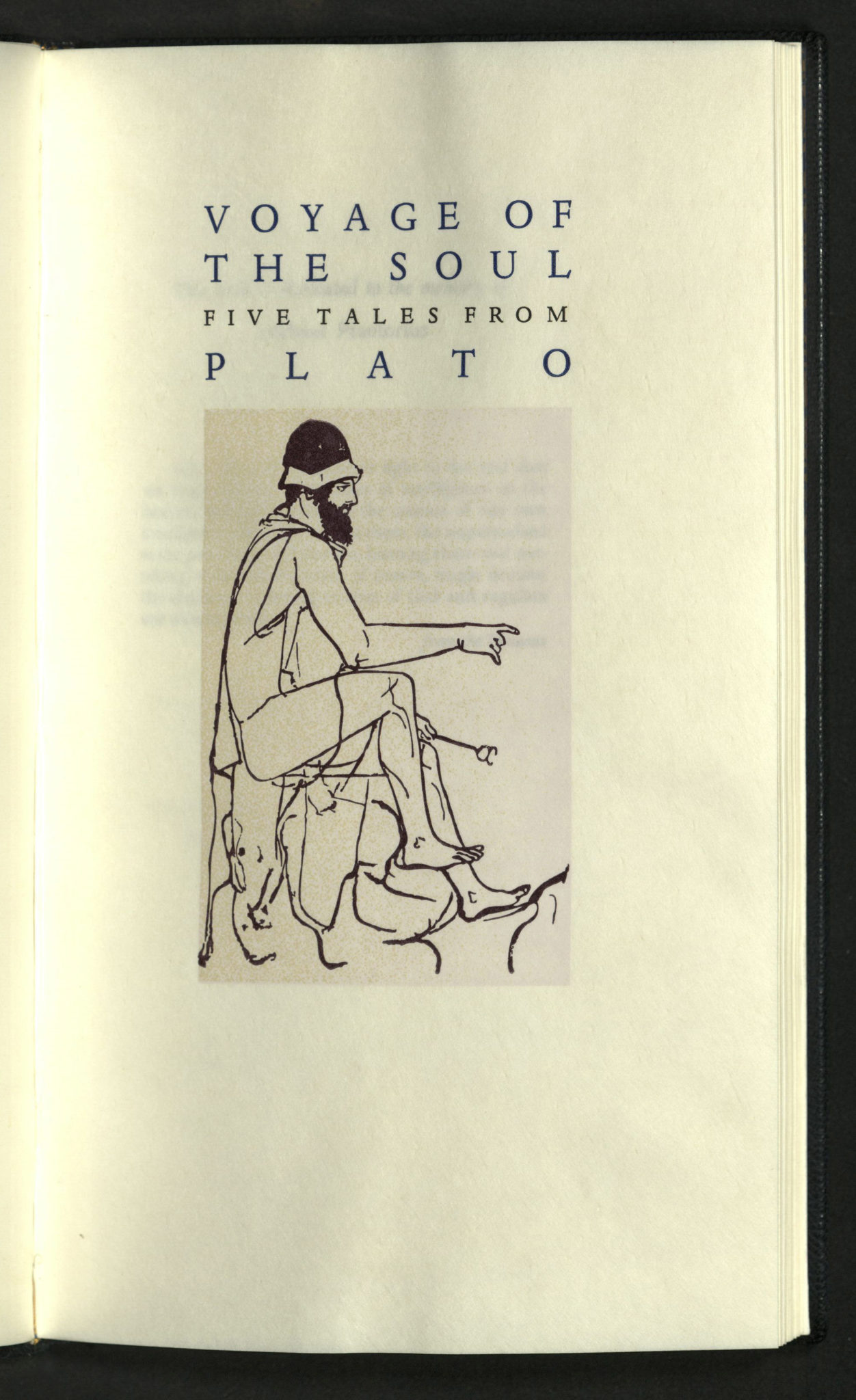
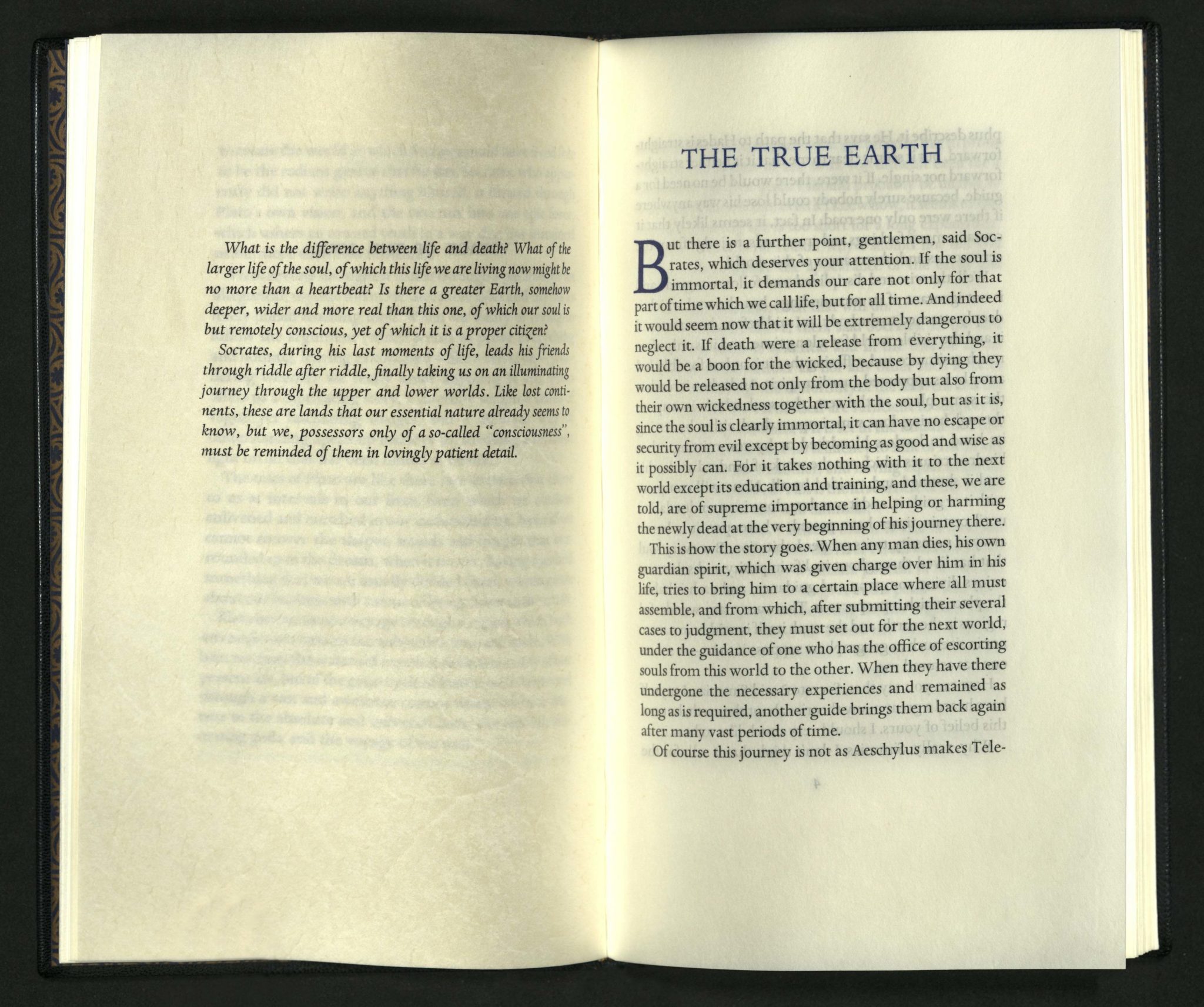

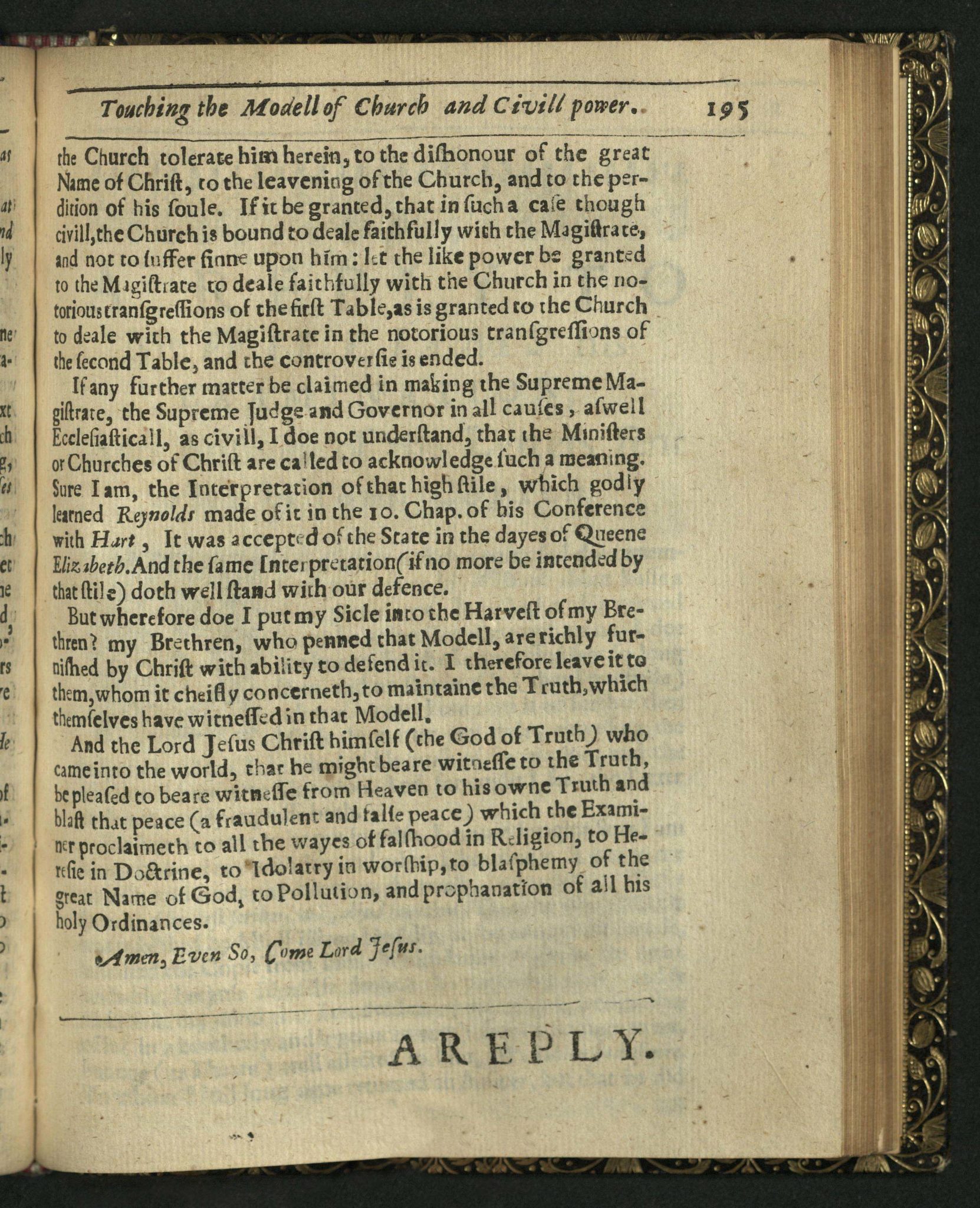

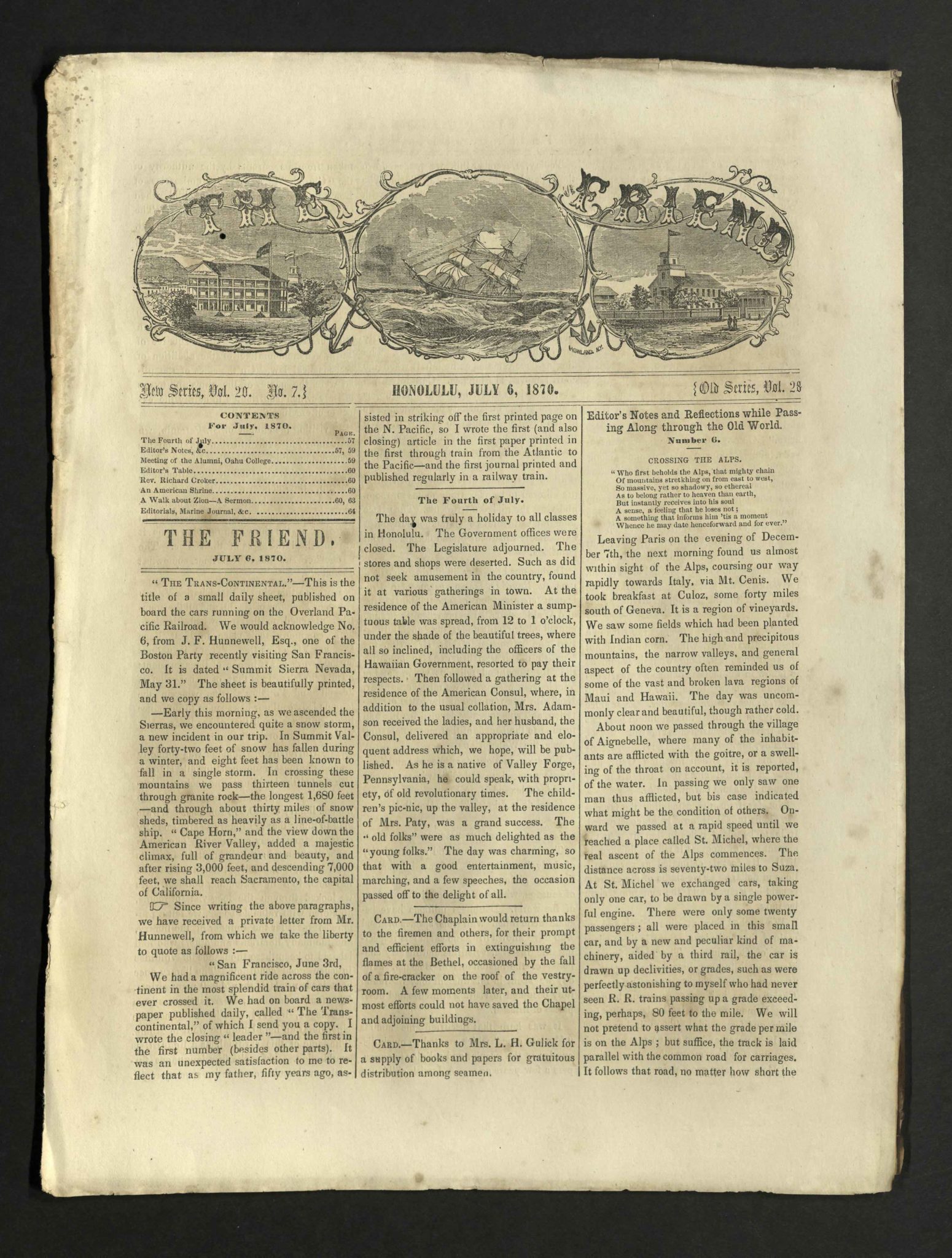
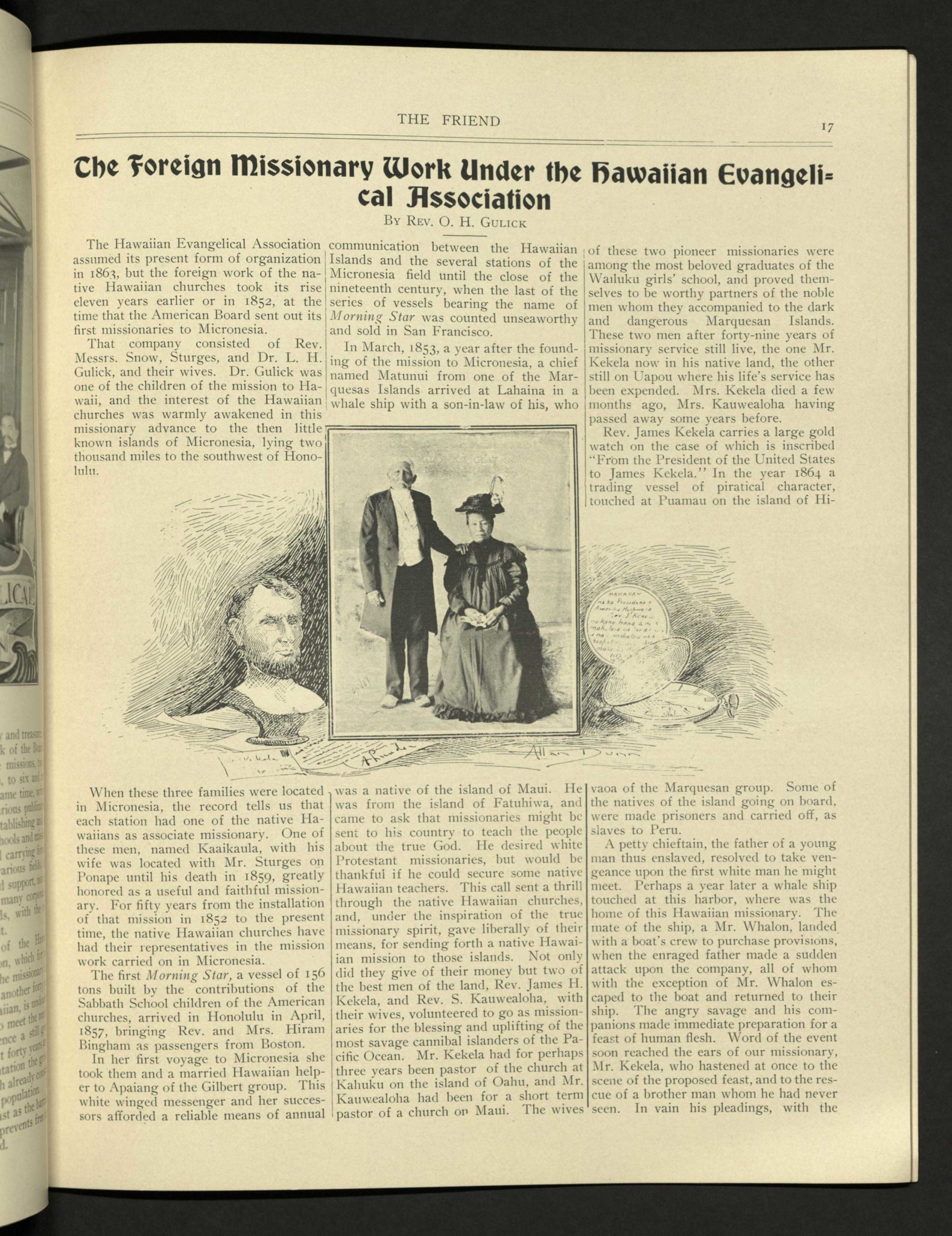
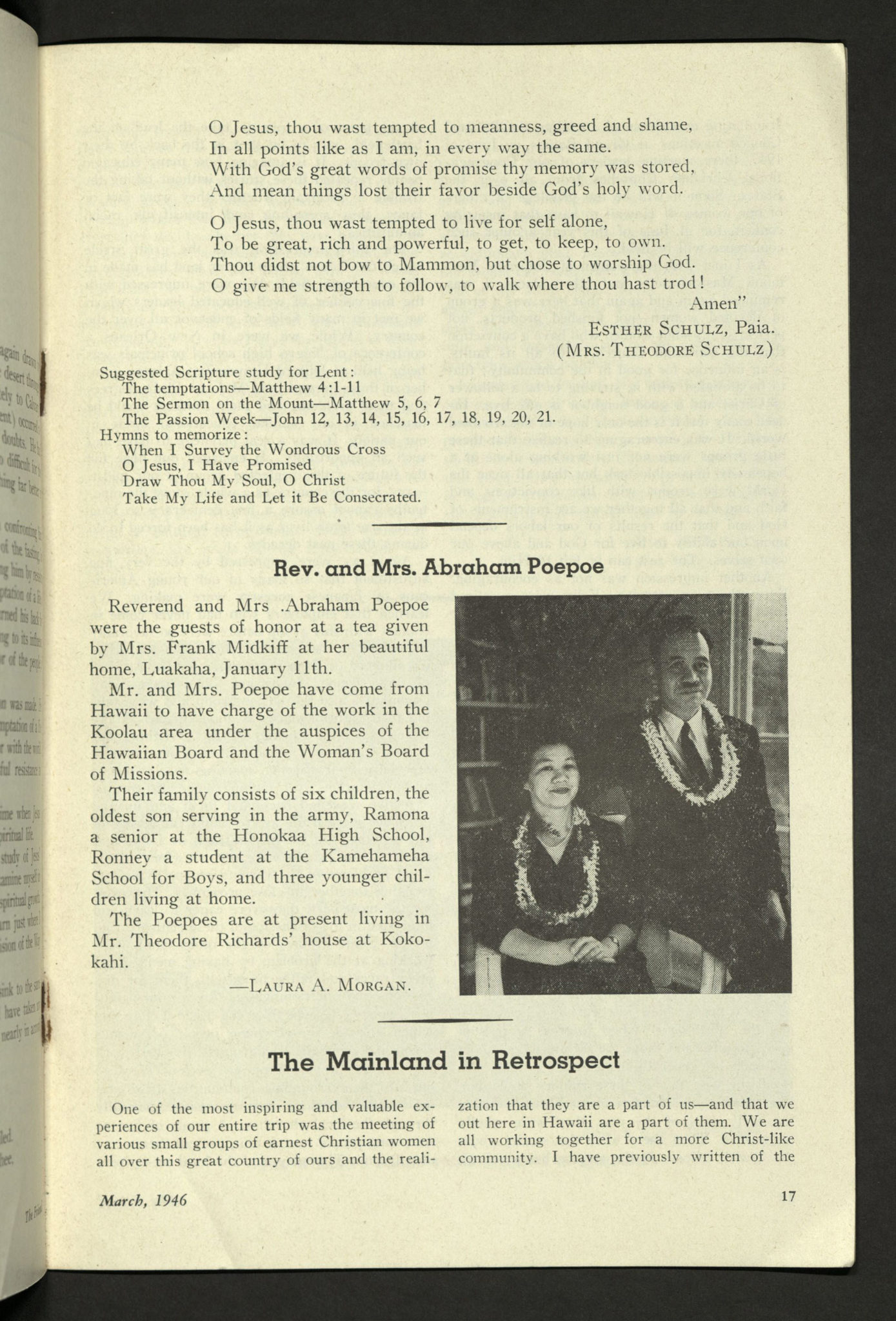
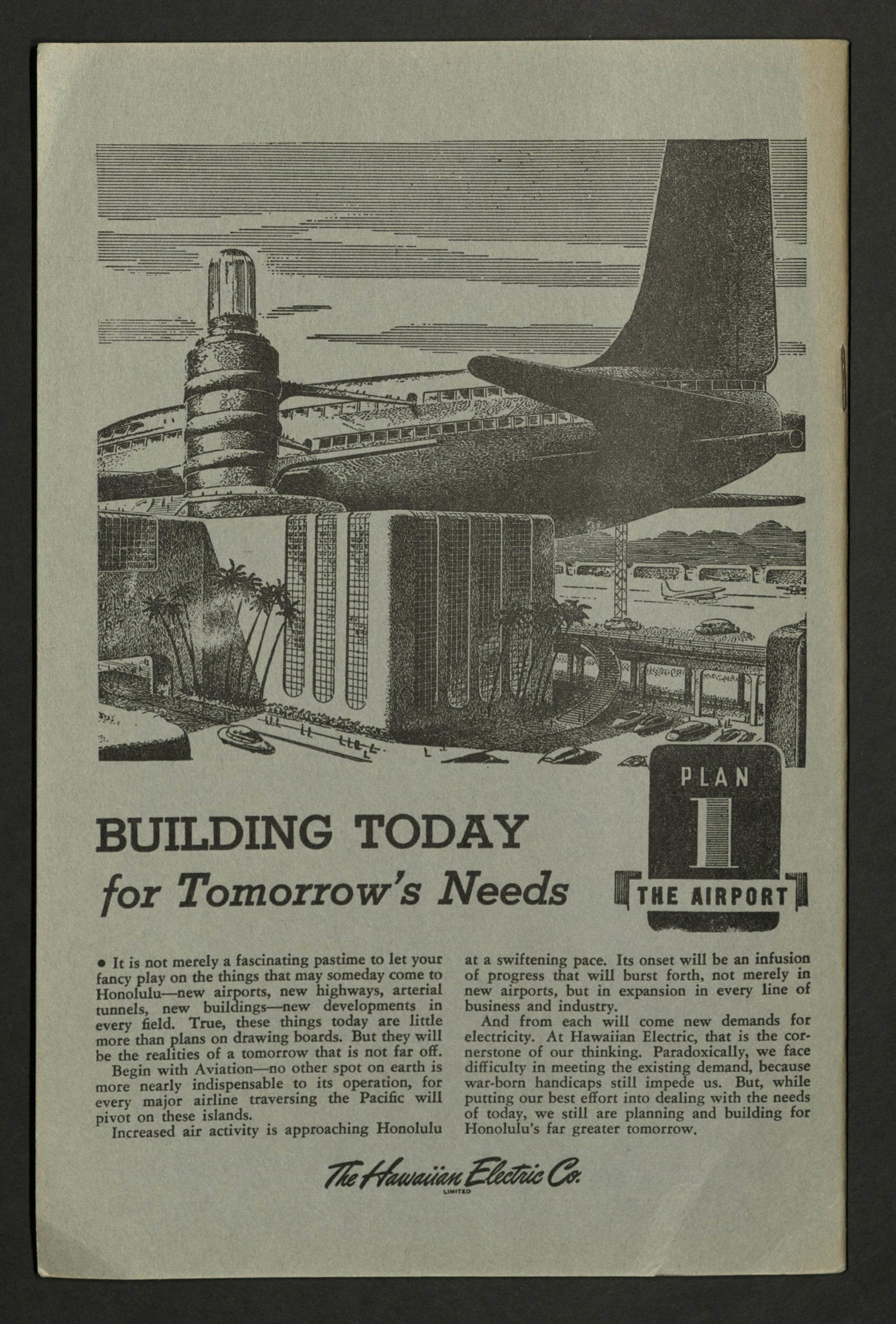
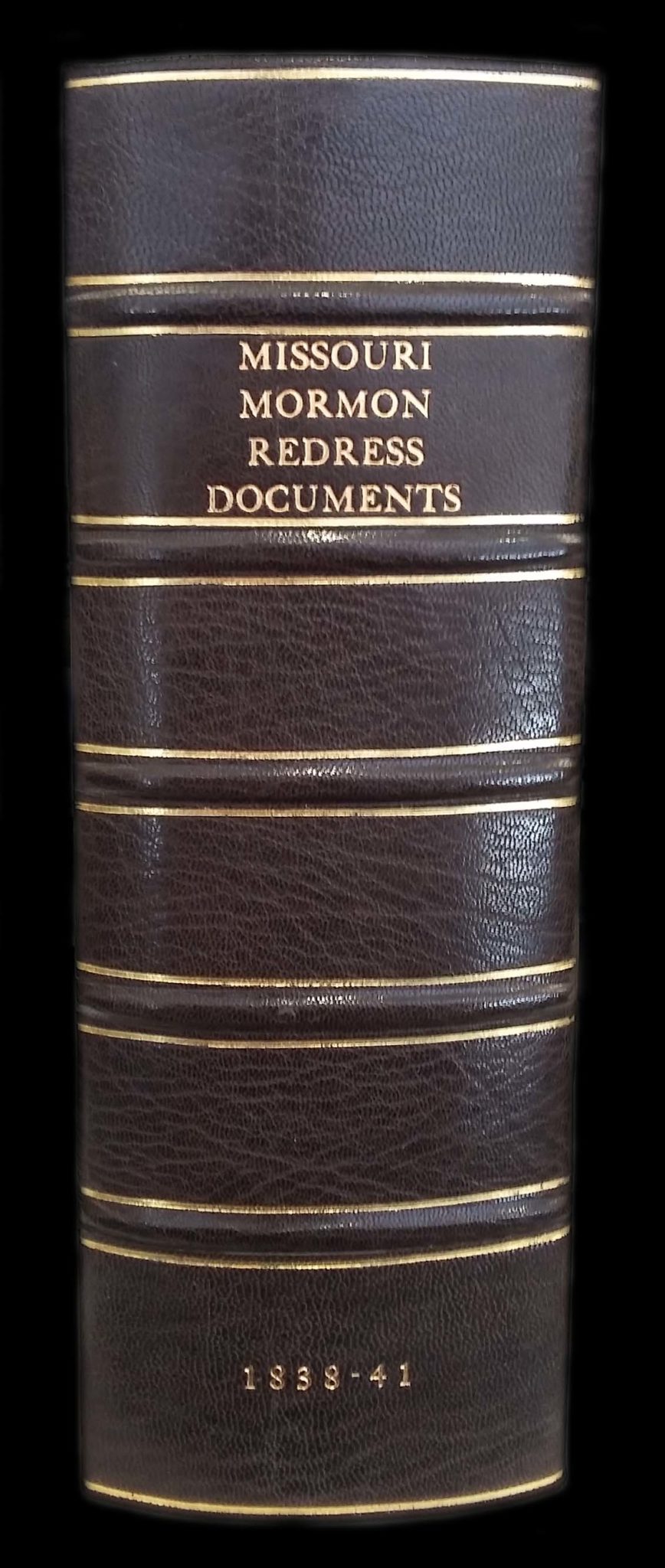
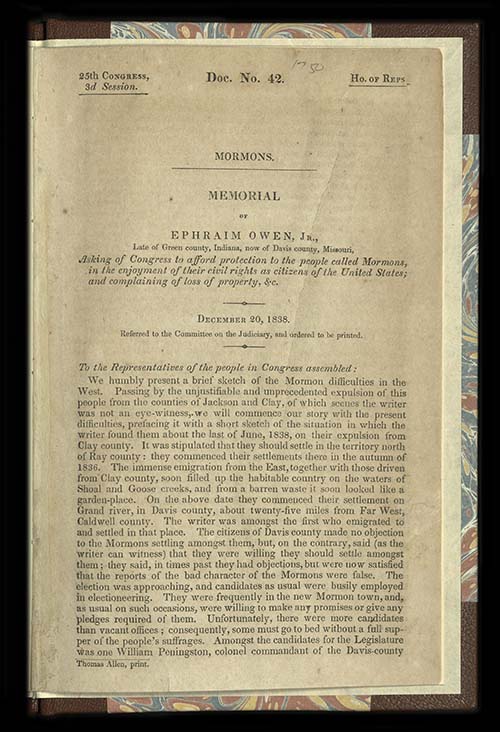
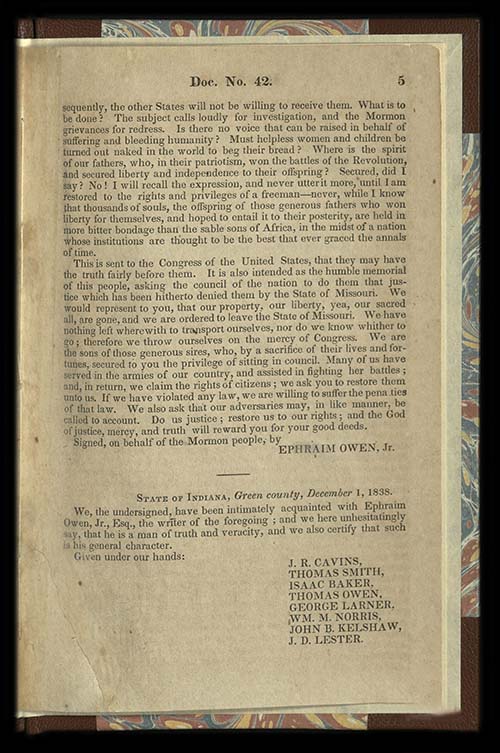
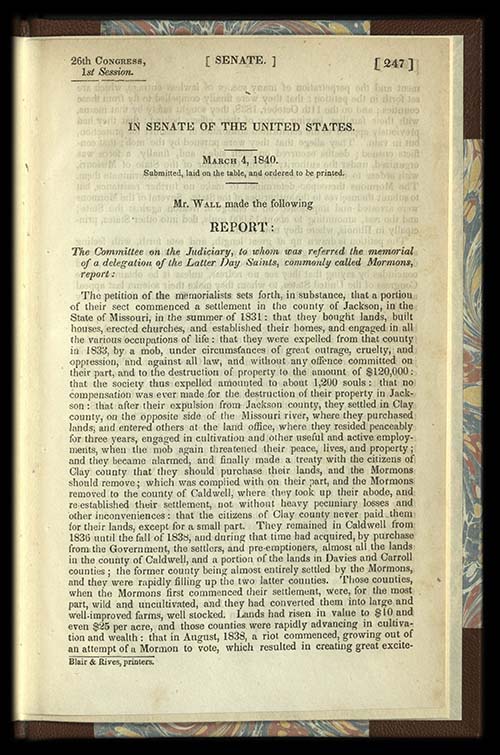
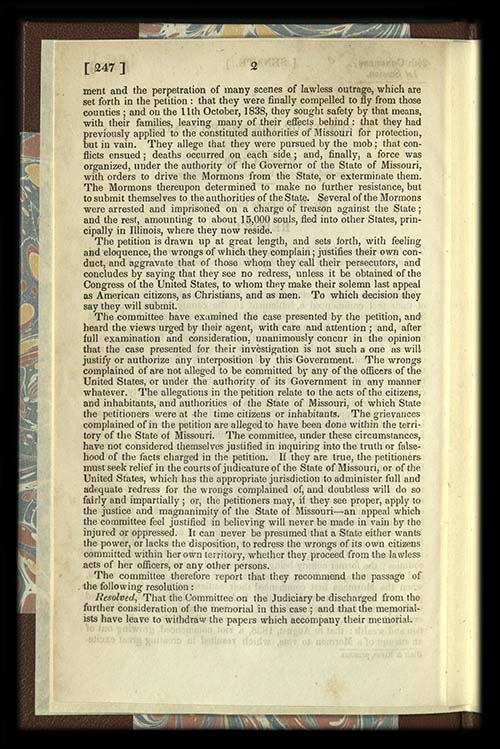
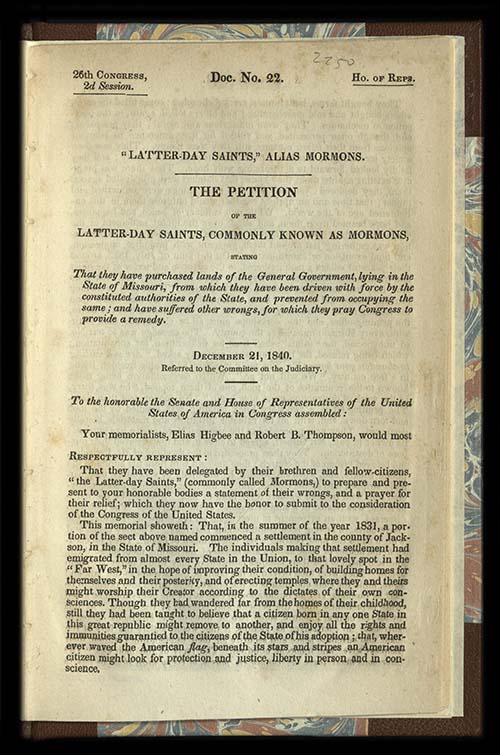
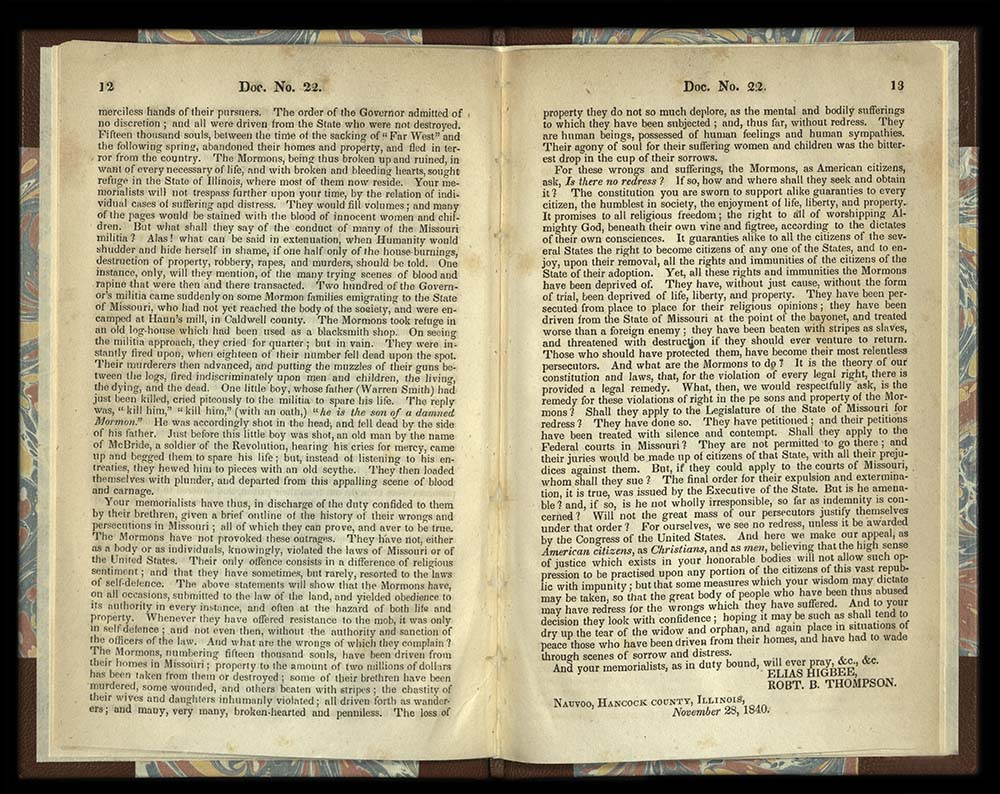
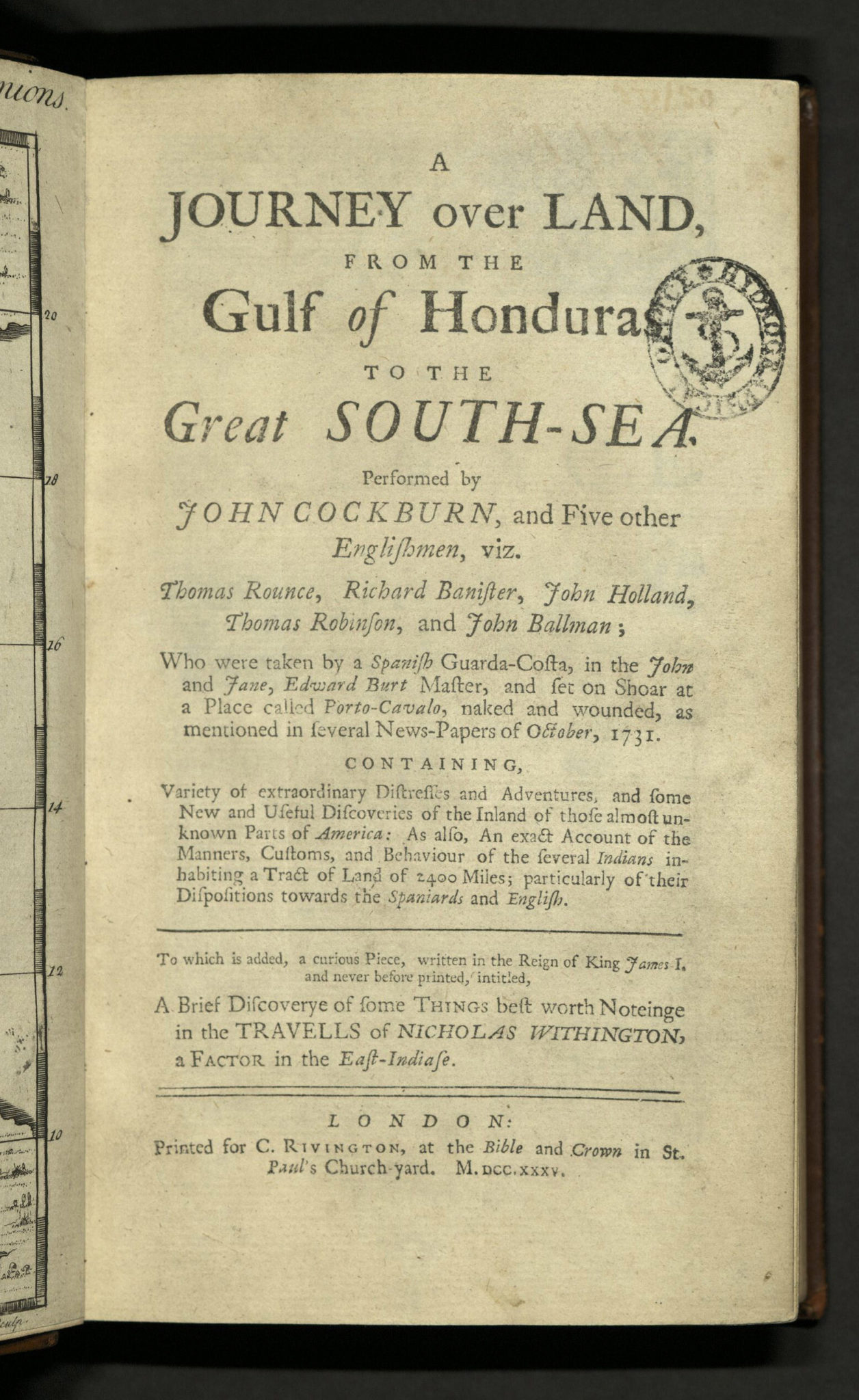
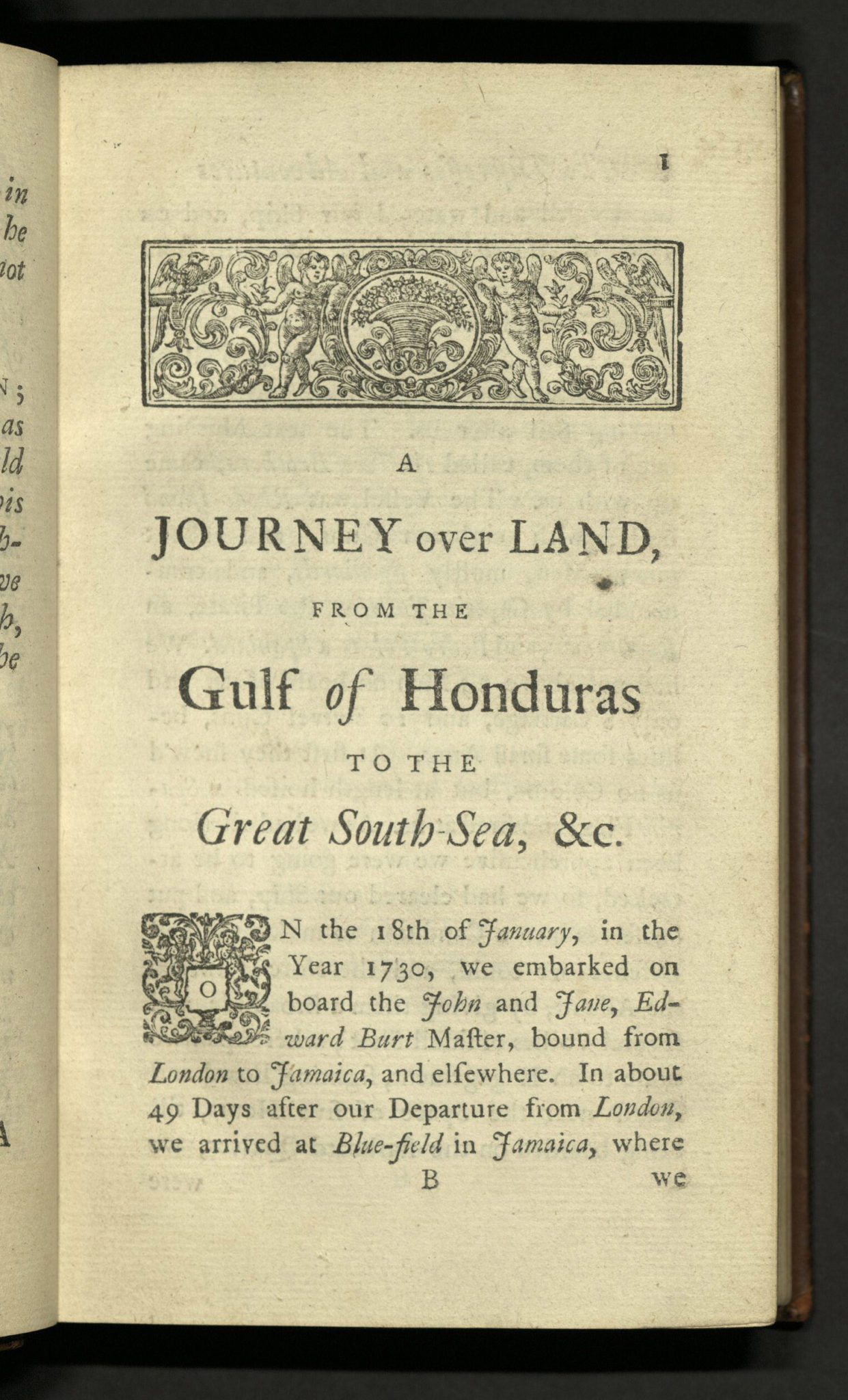
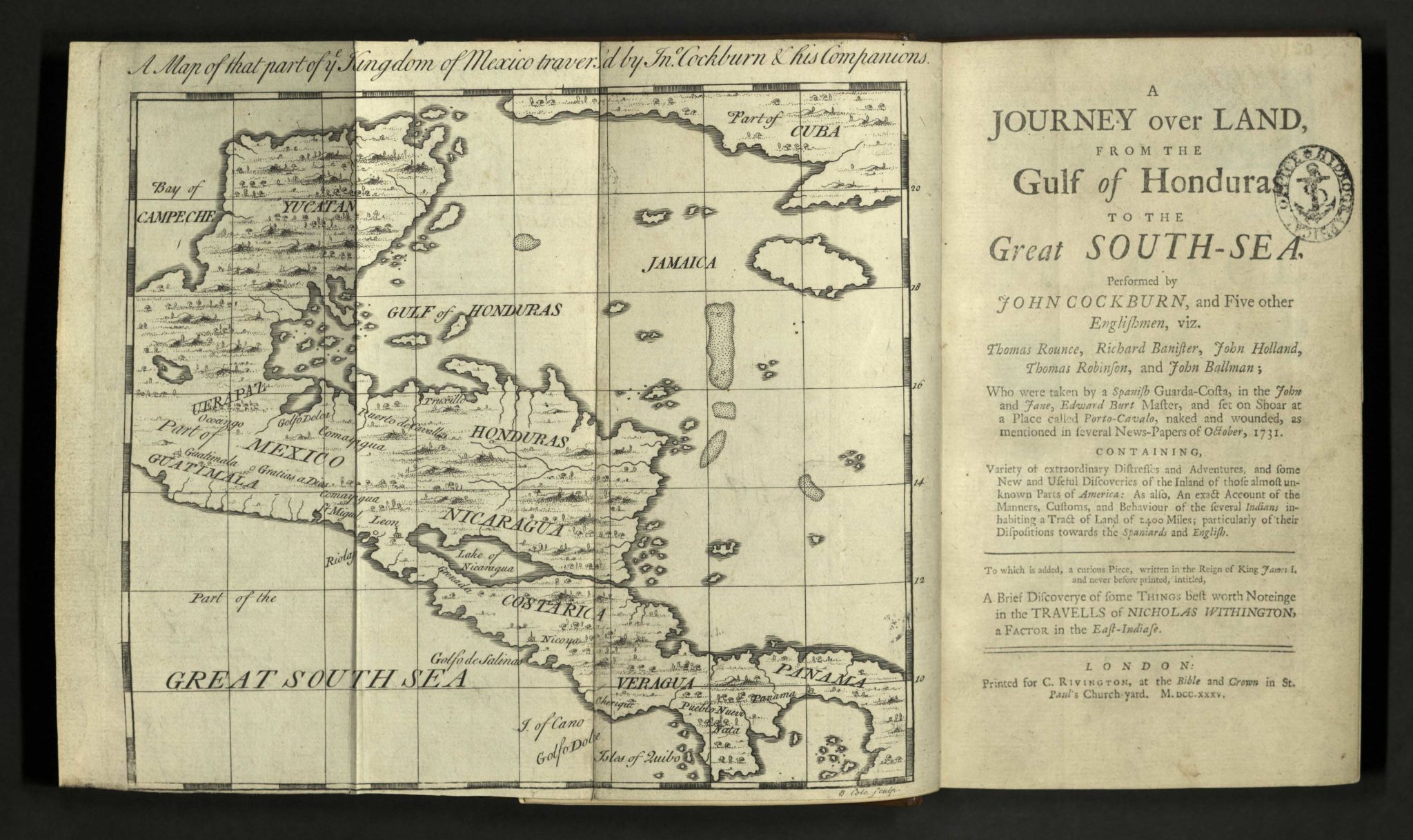
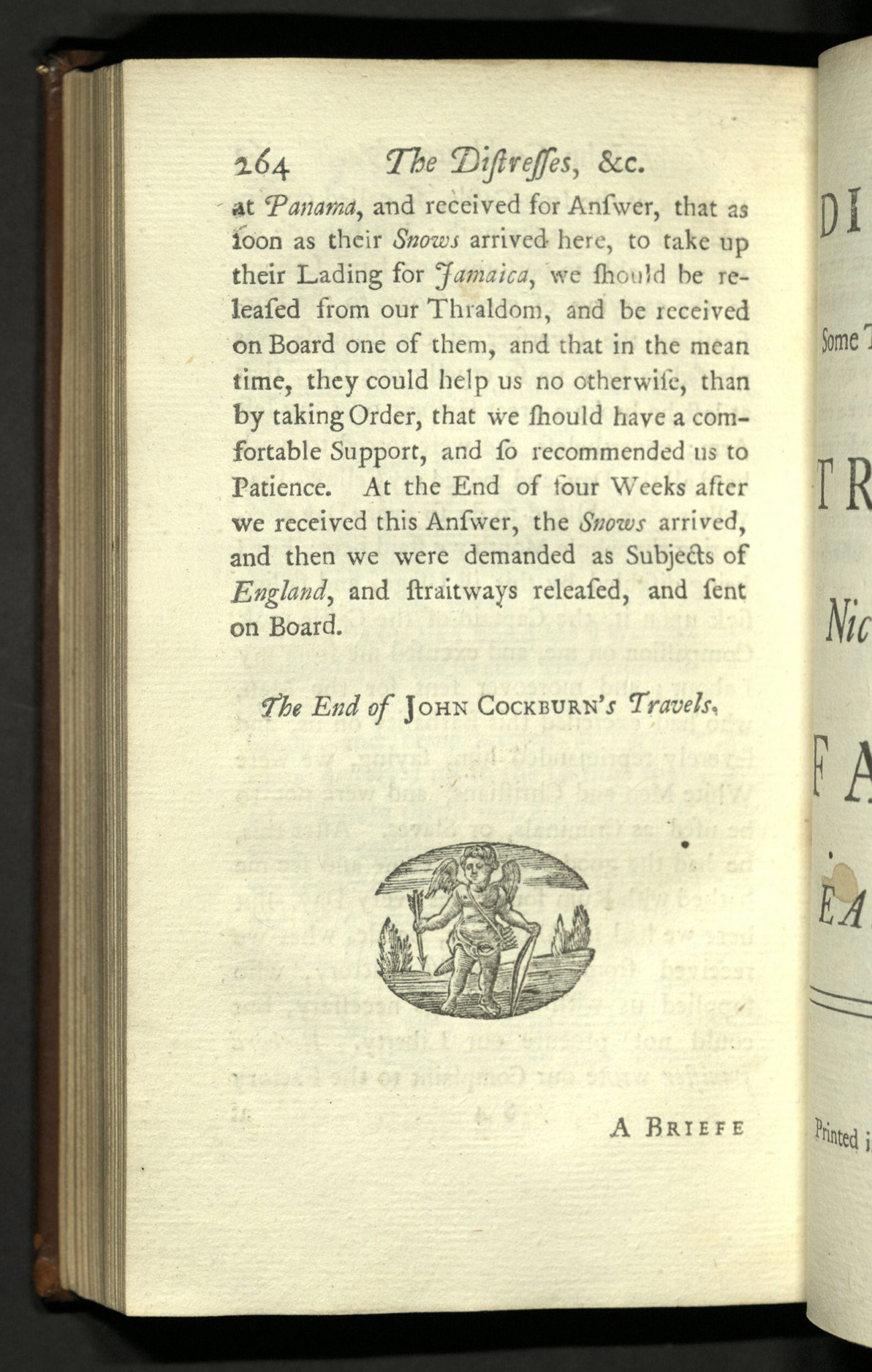
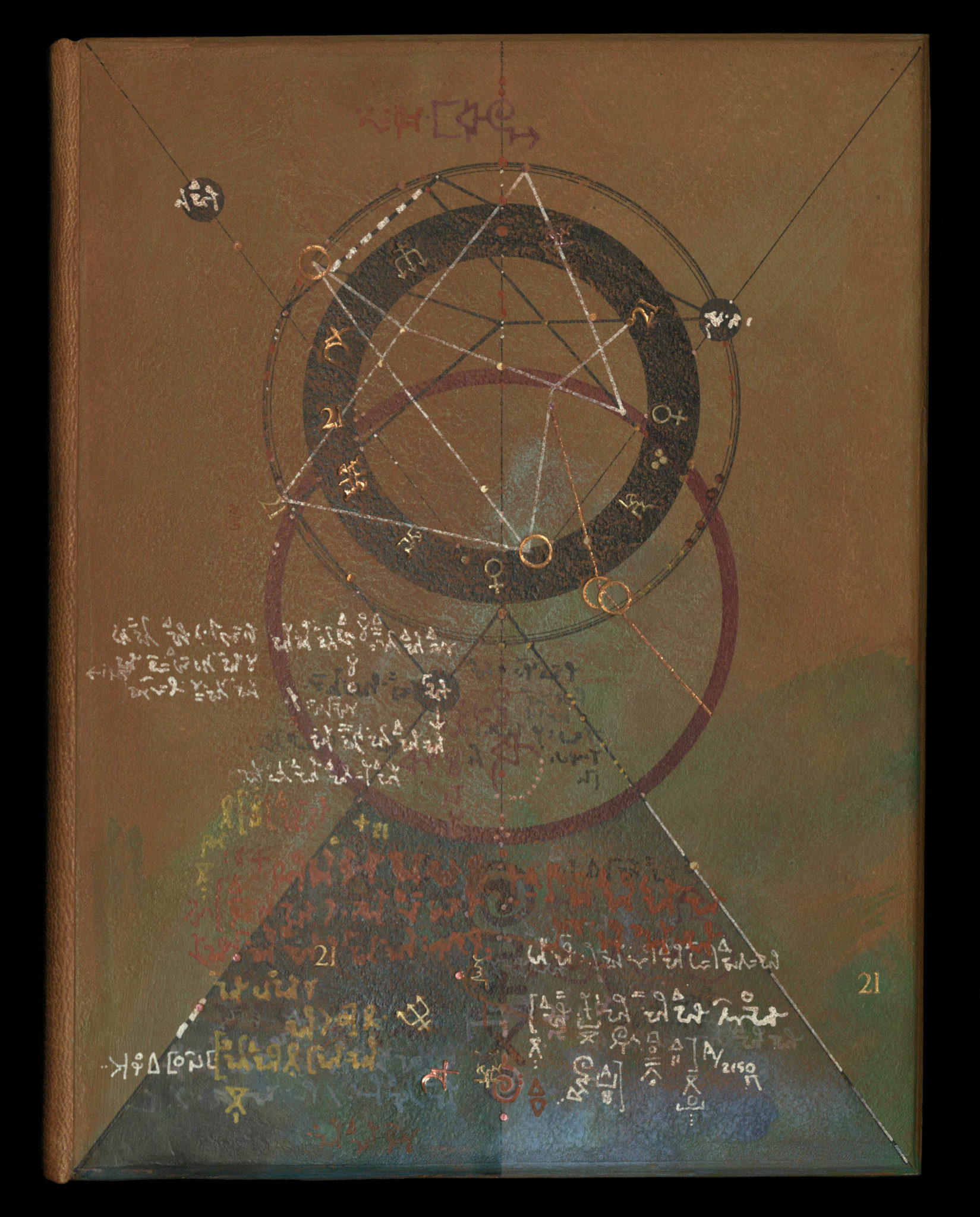
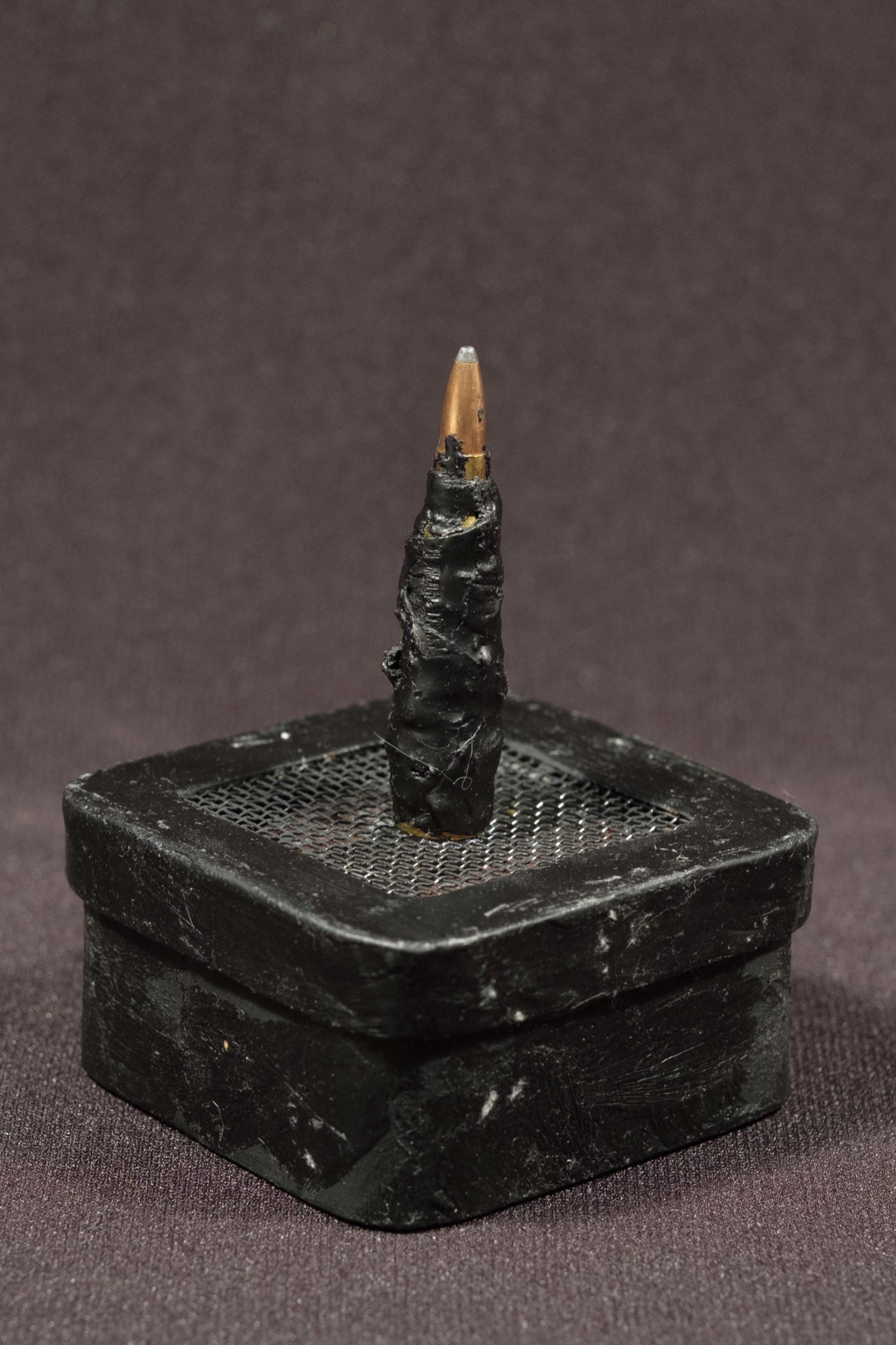

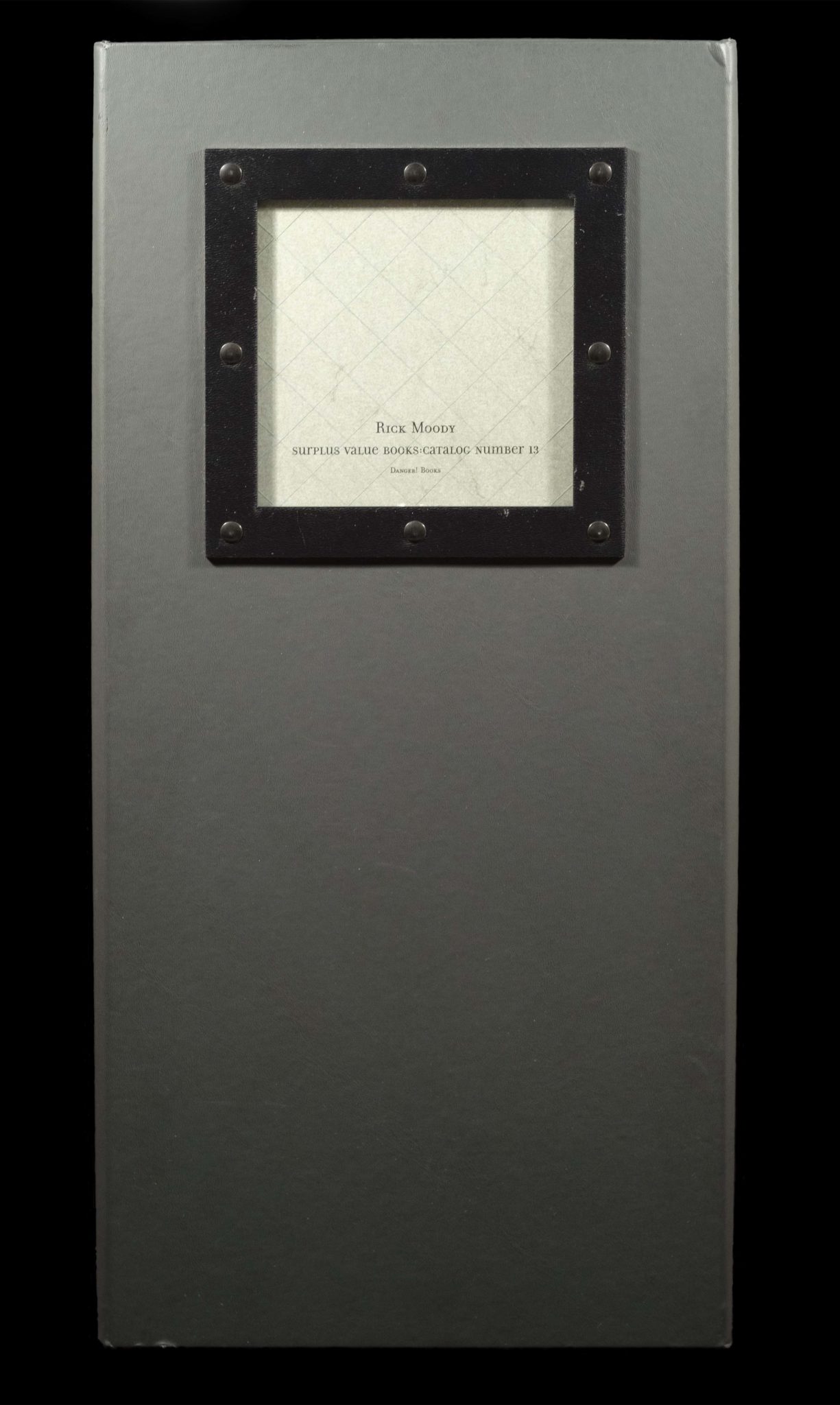


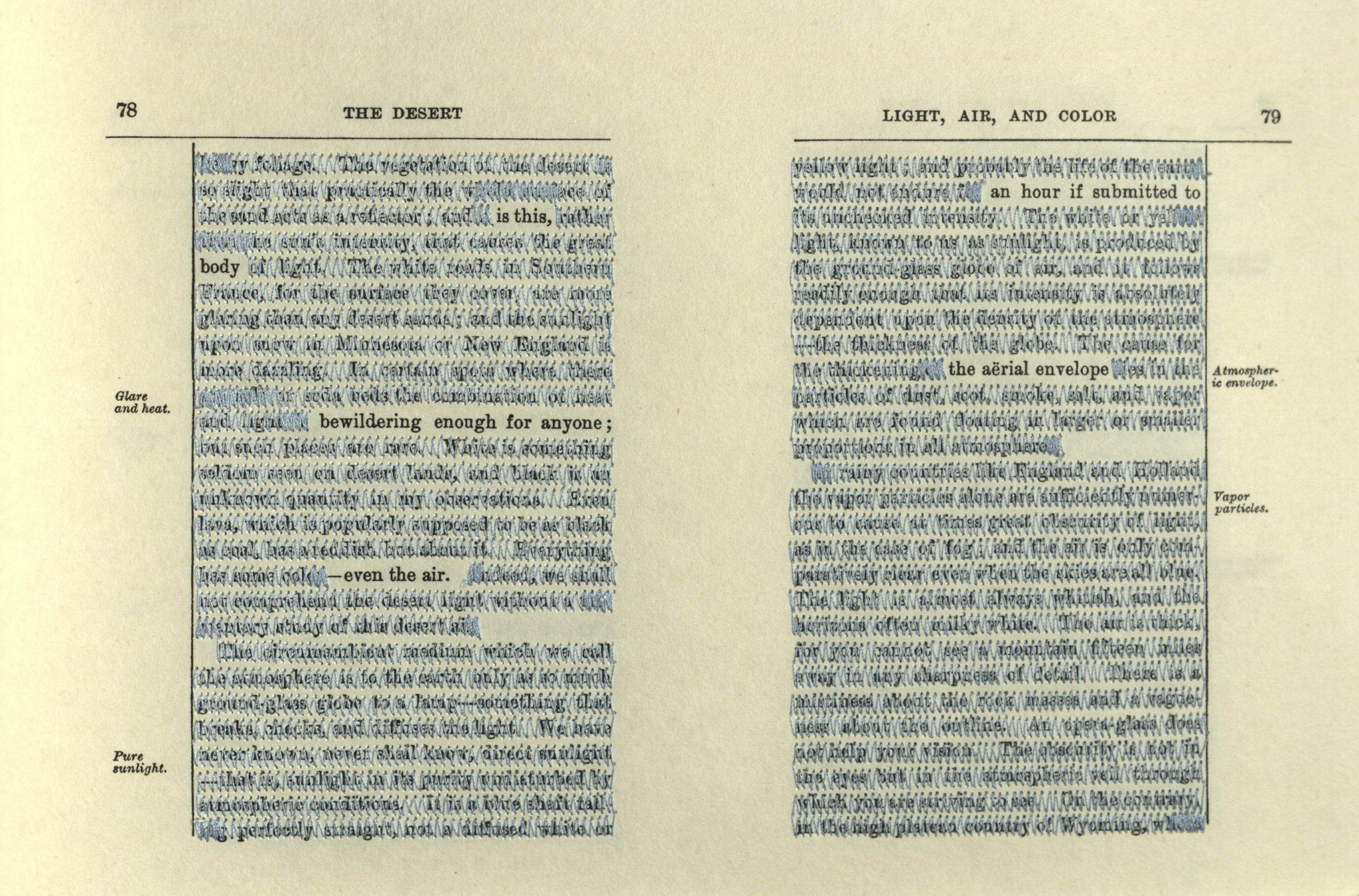

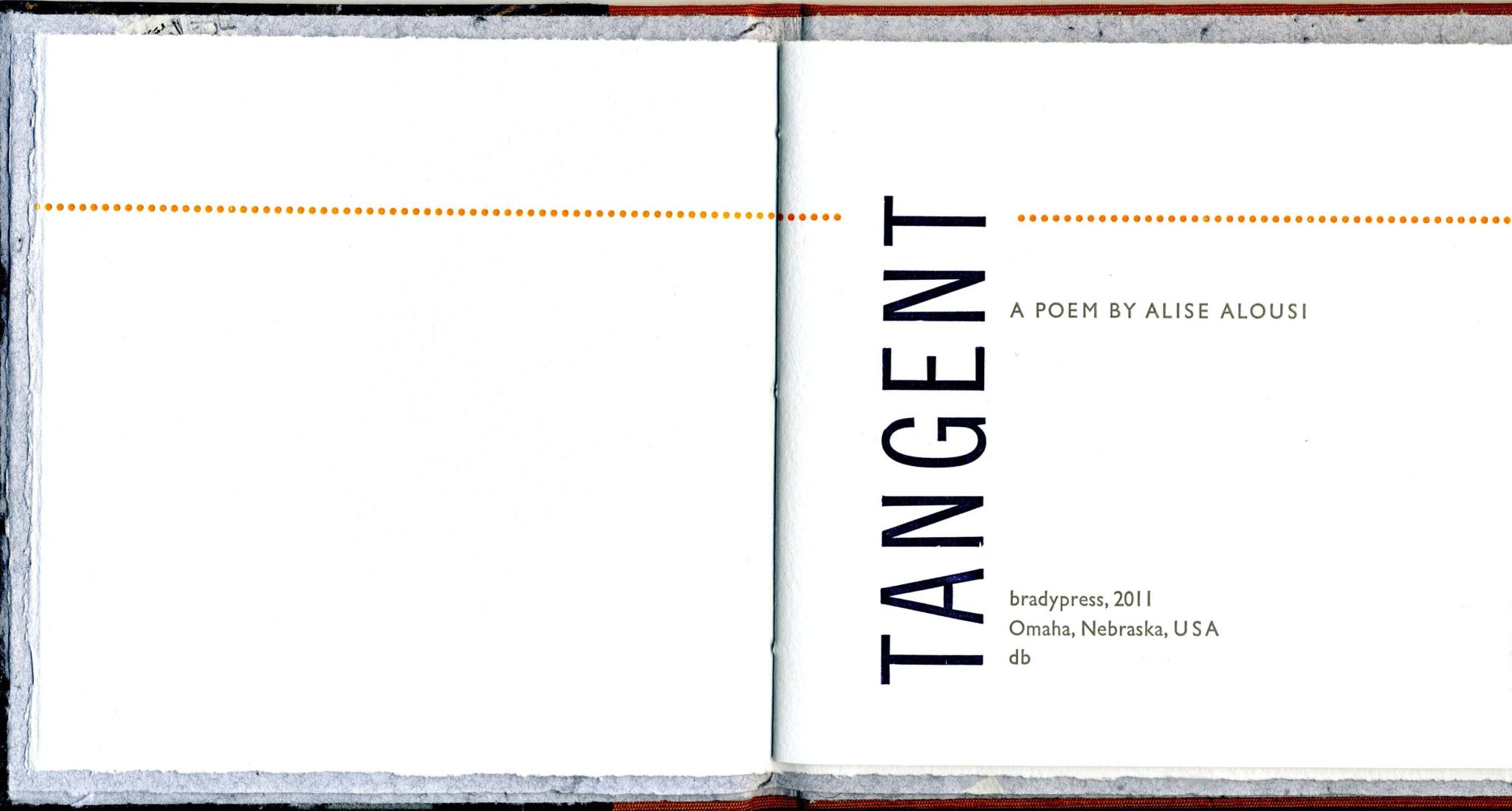
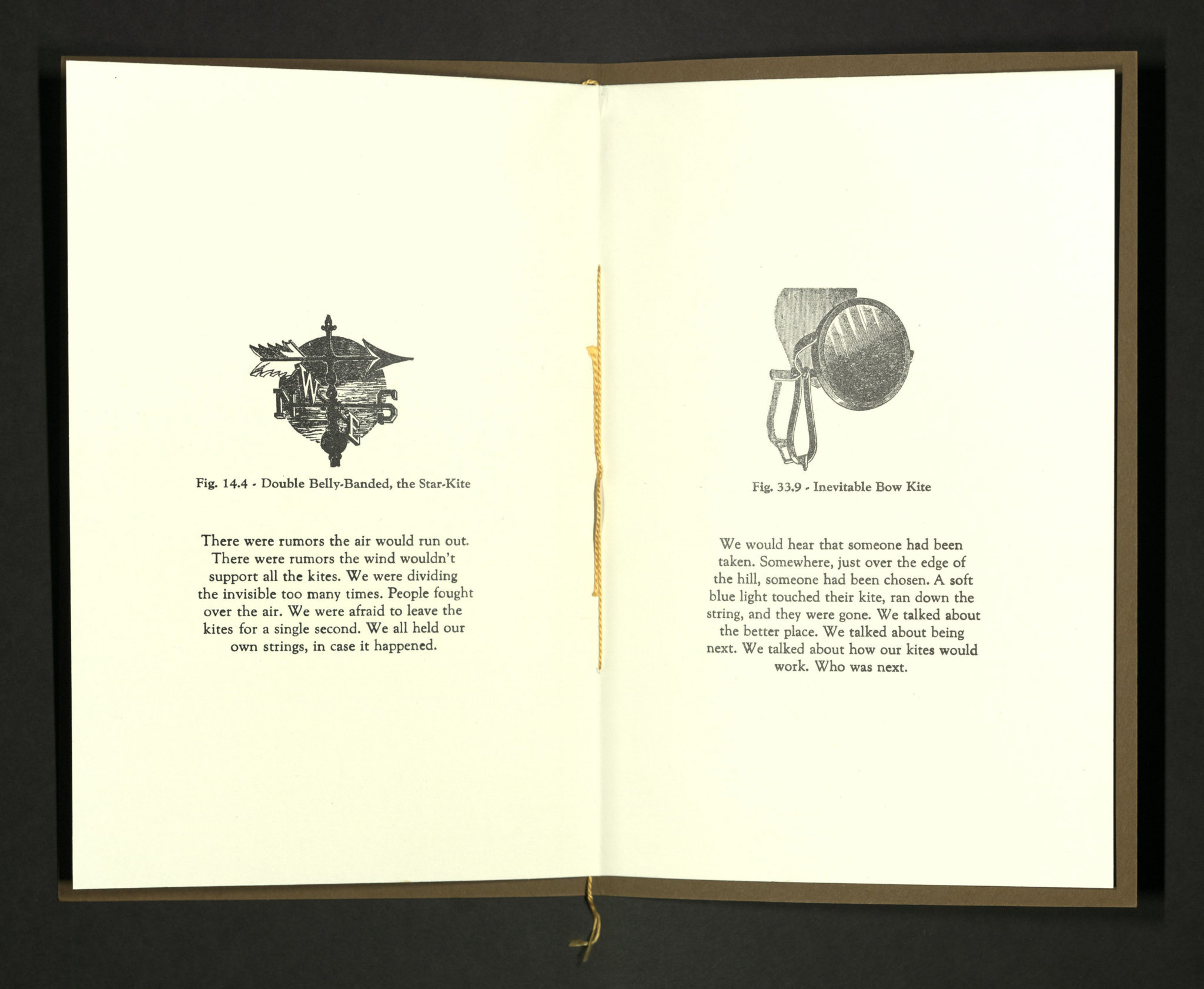

You must be logged in to post a comment.